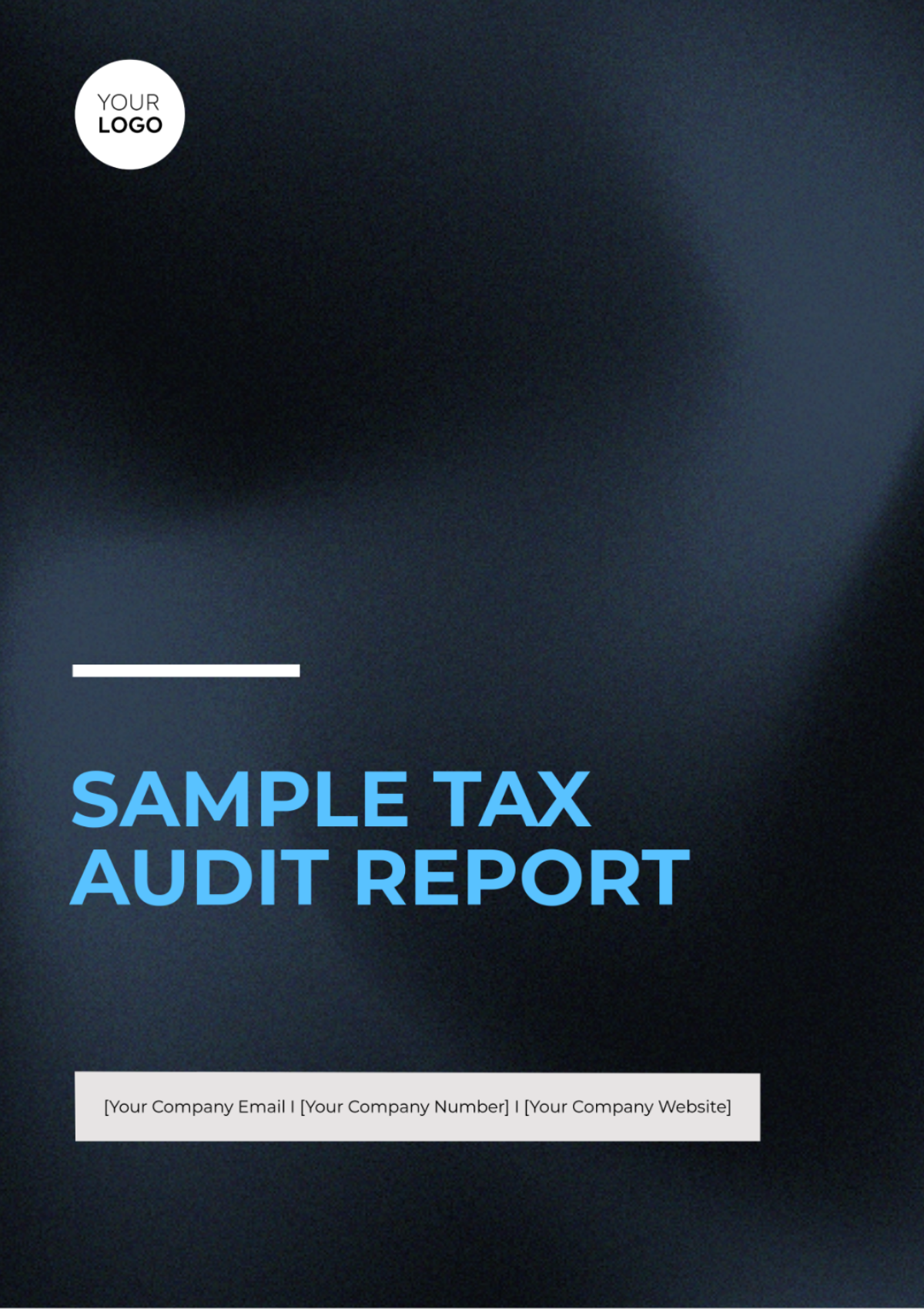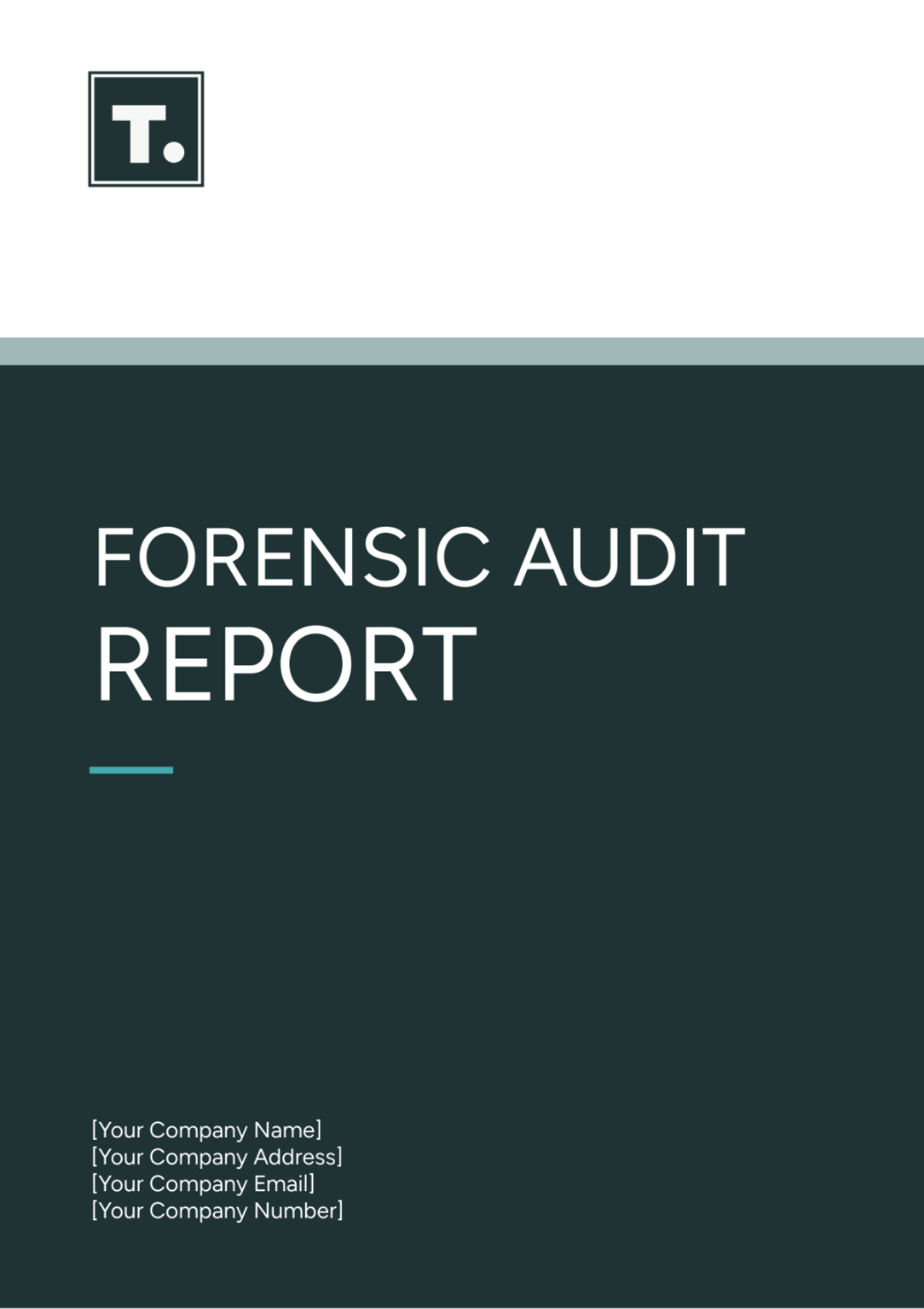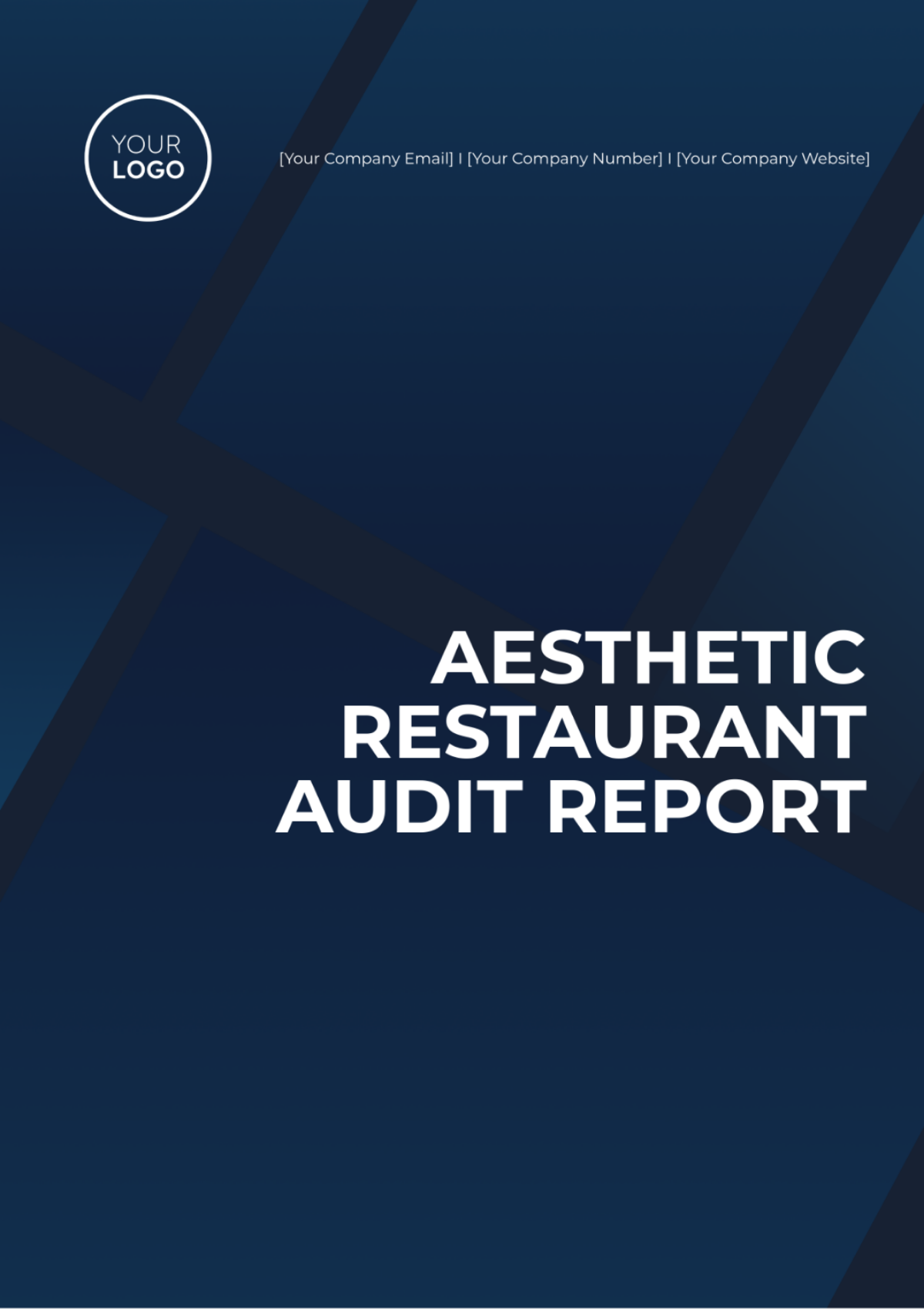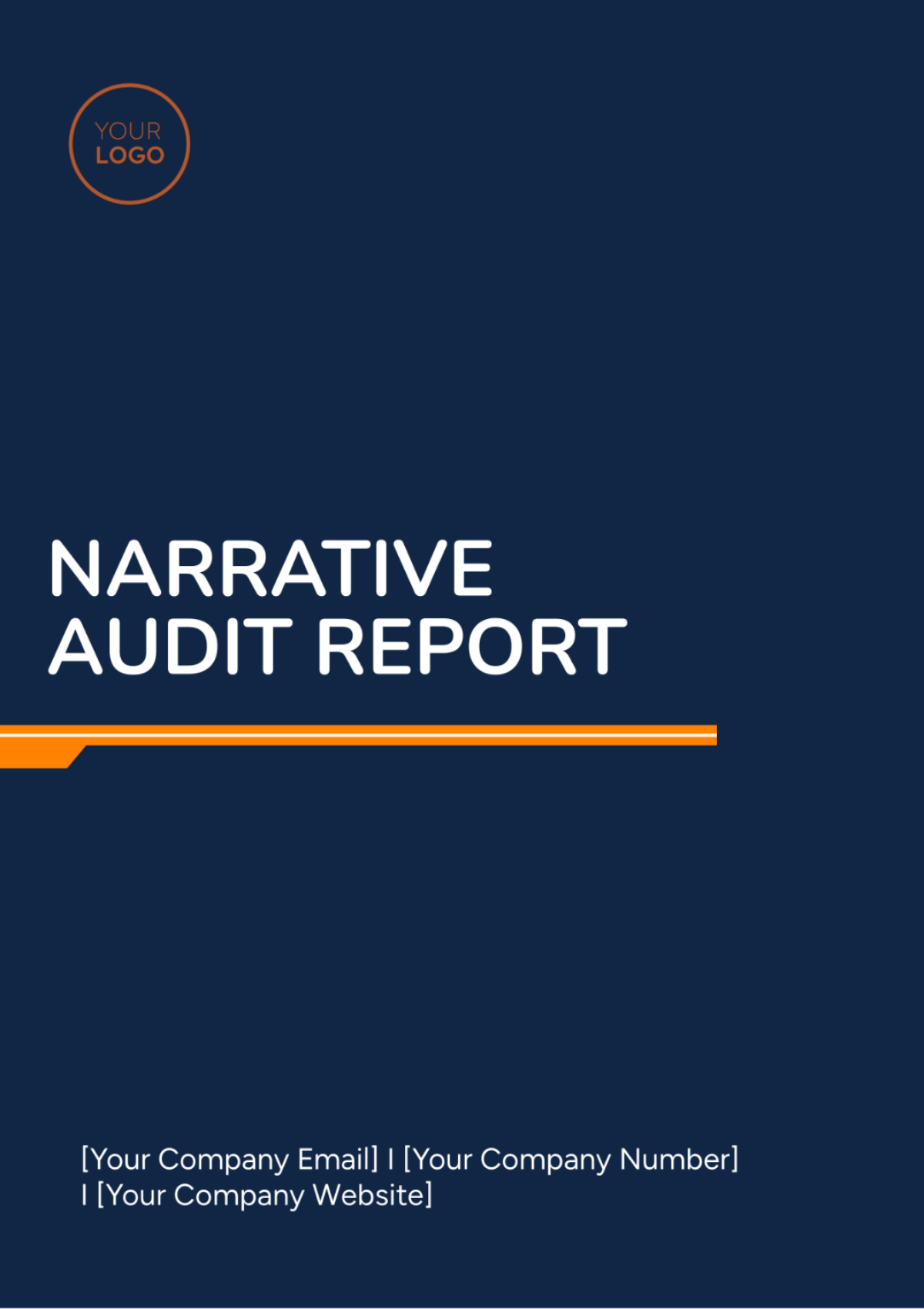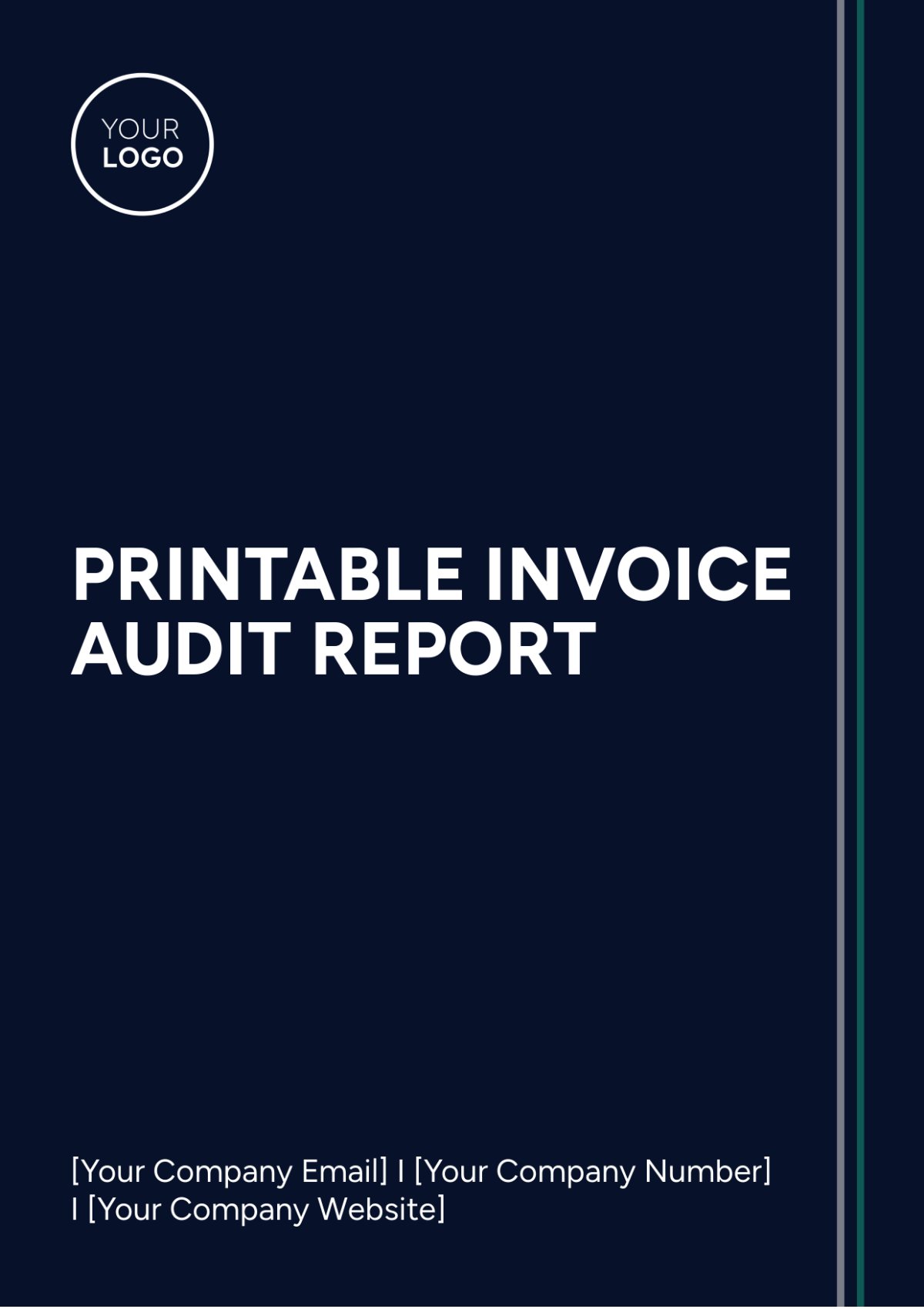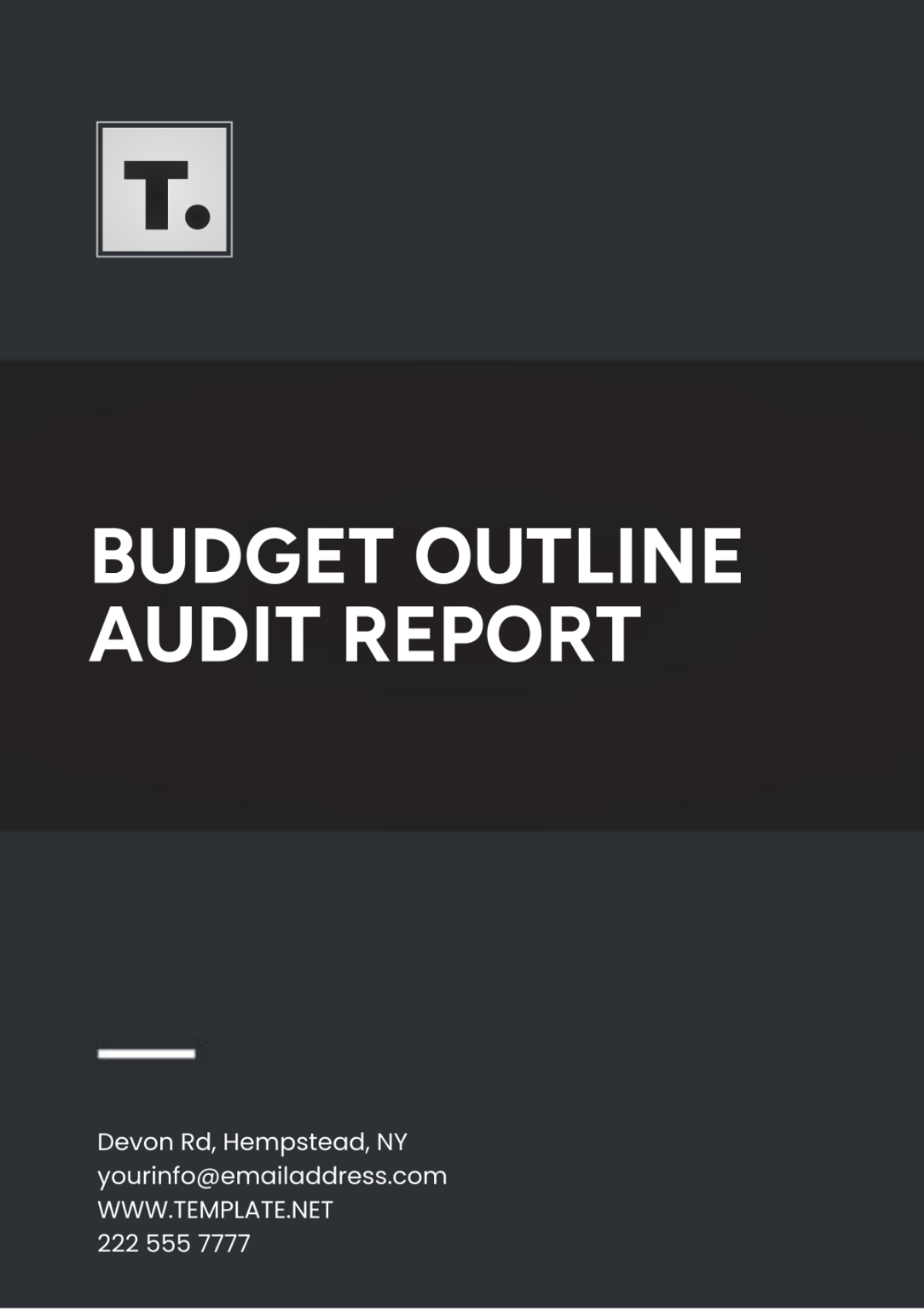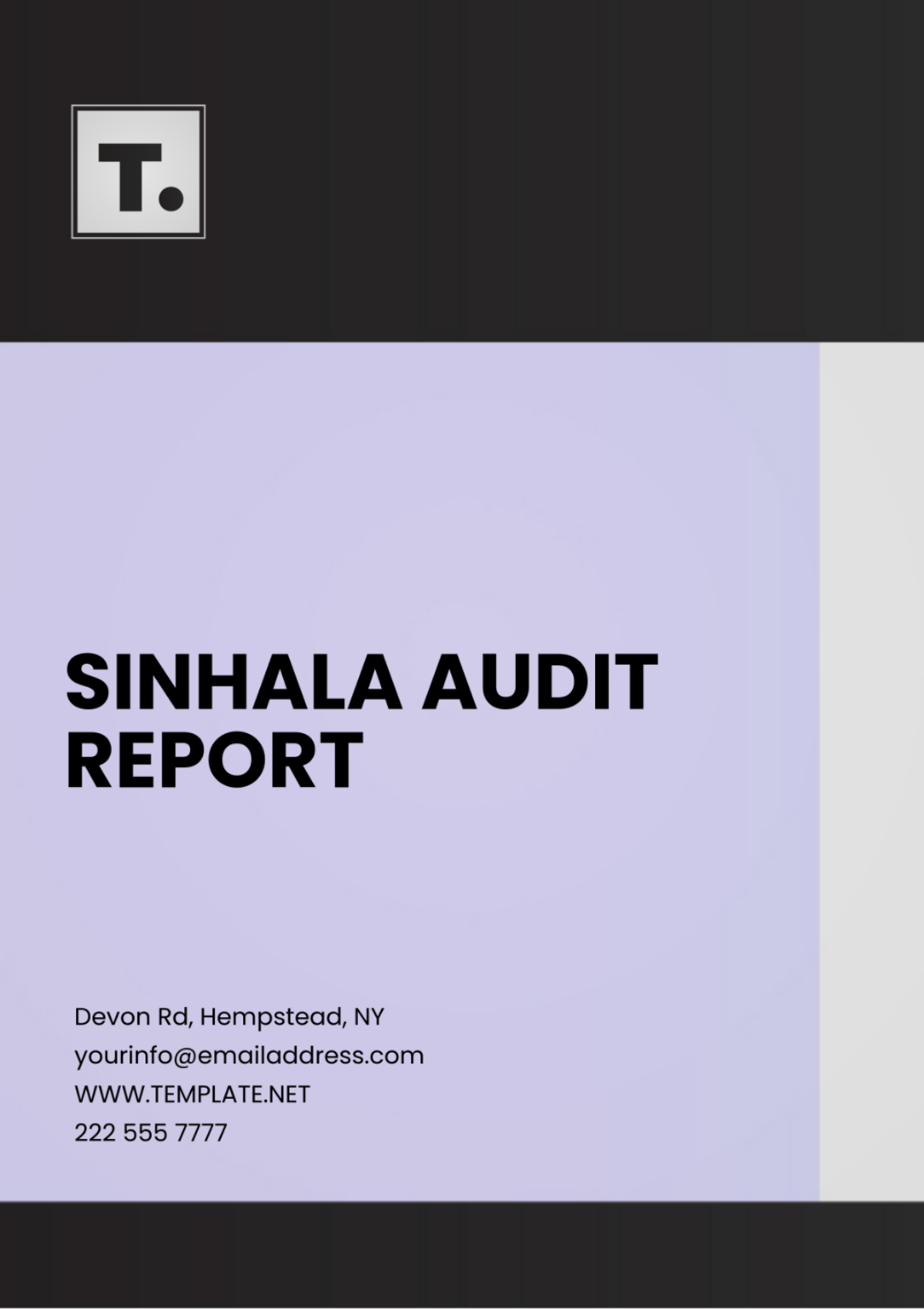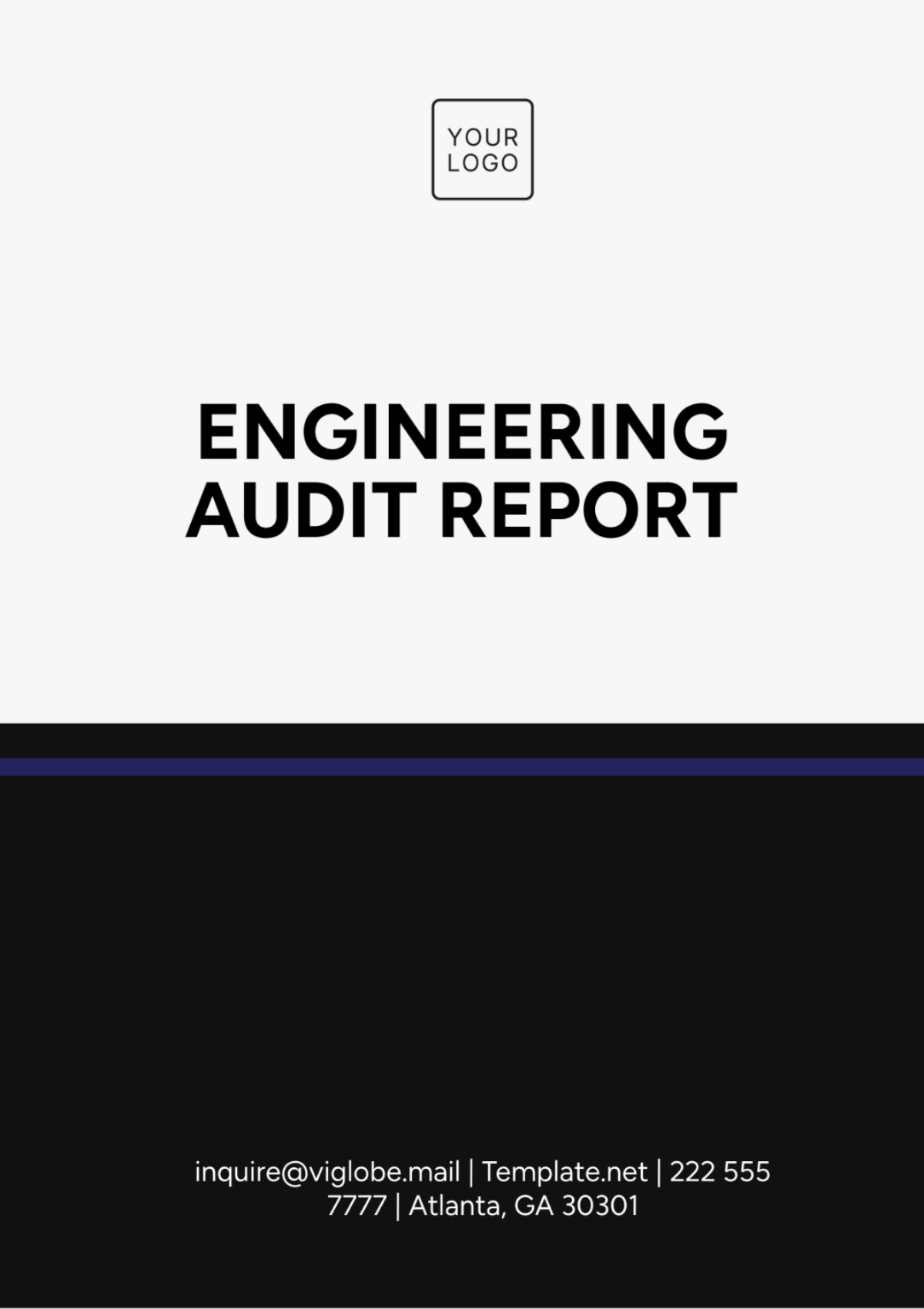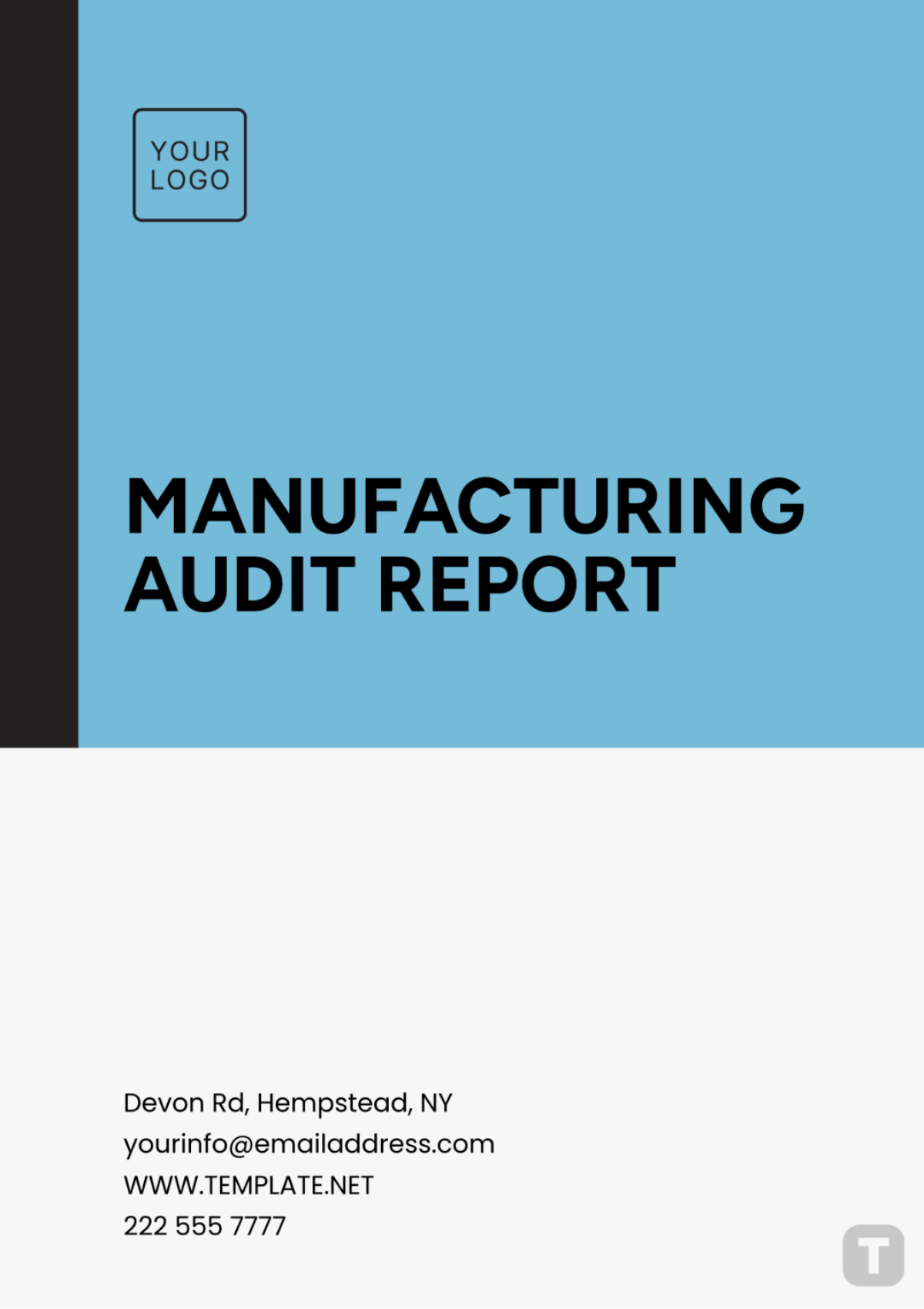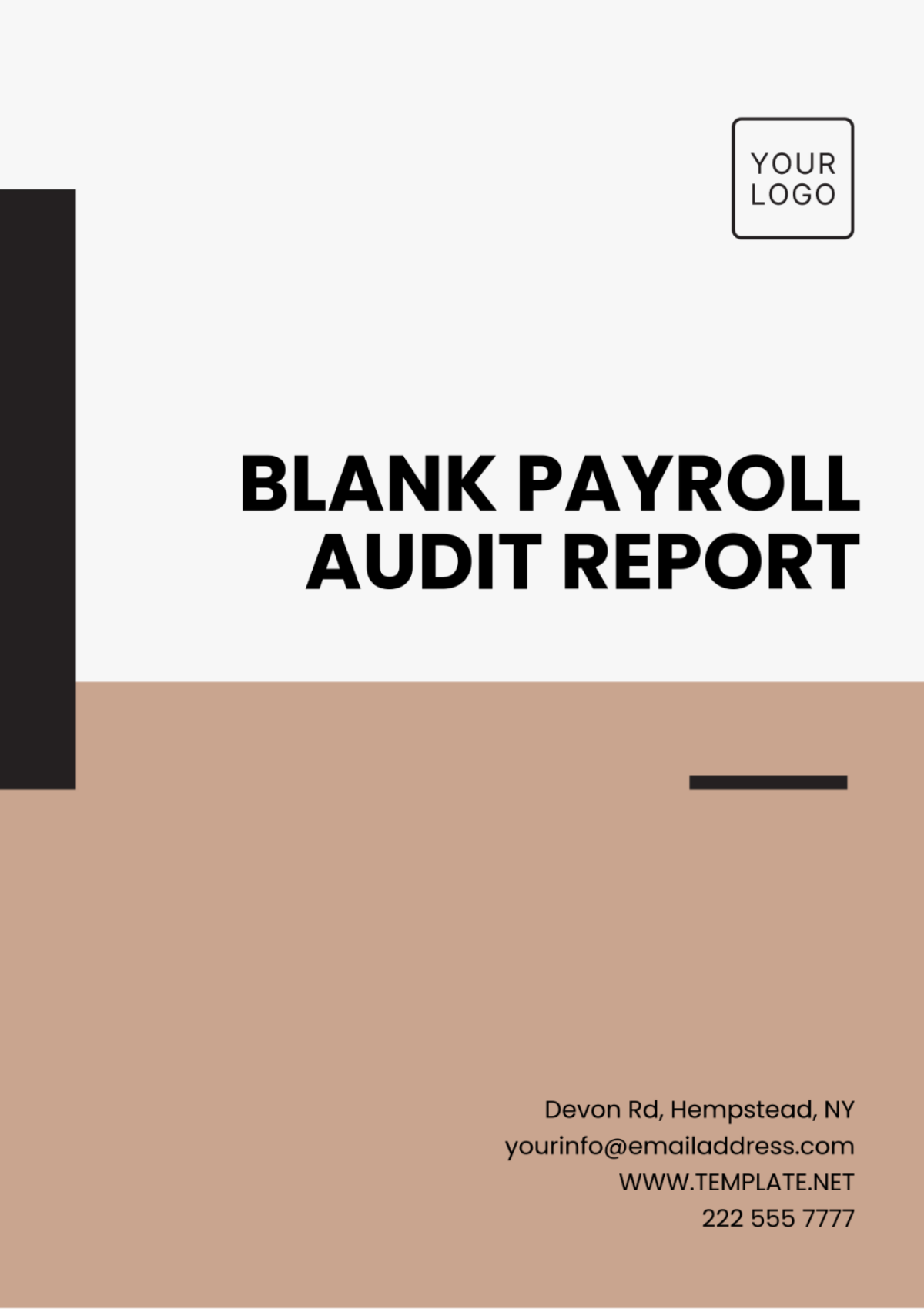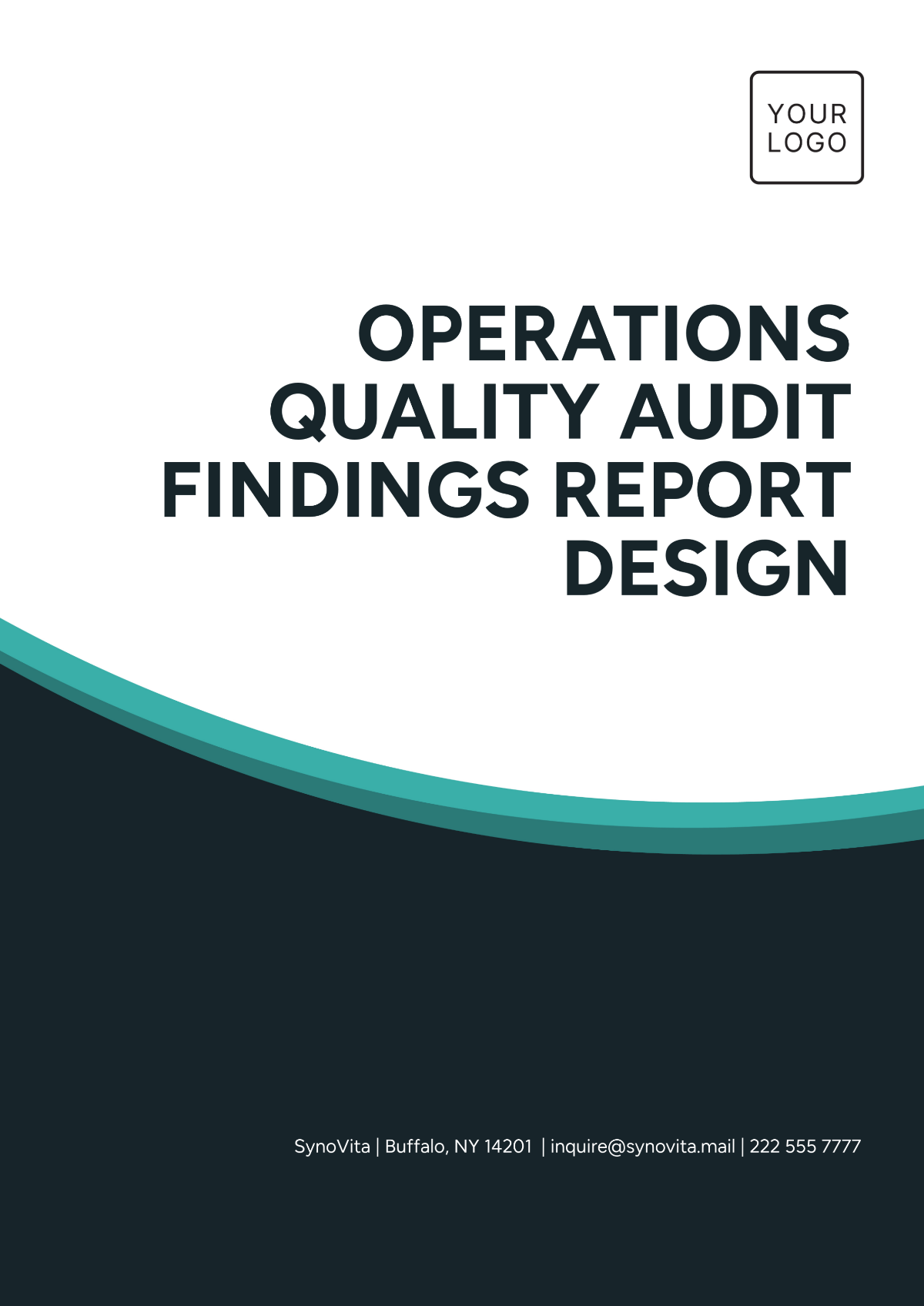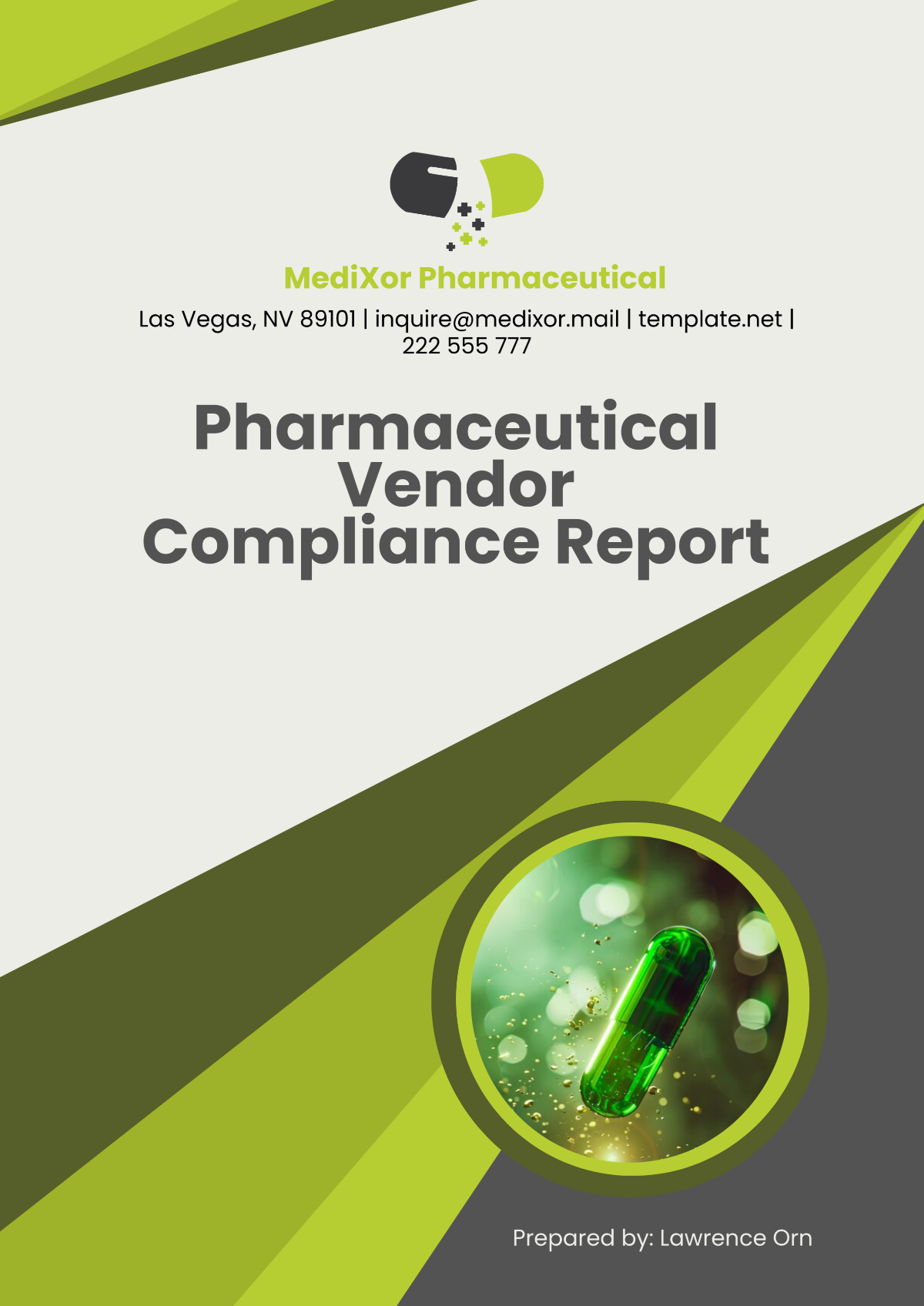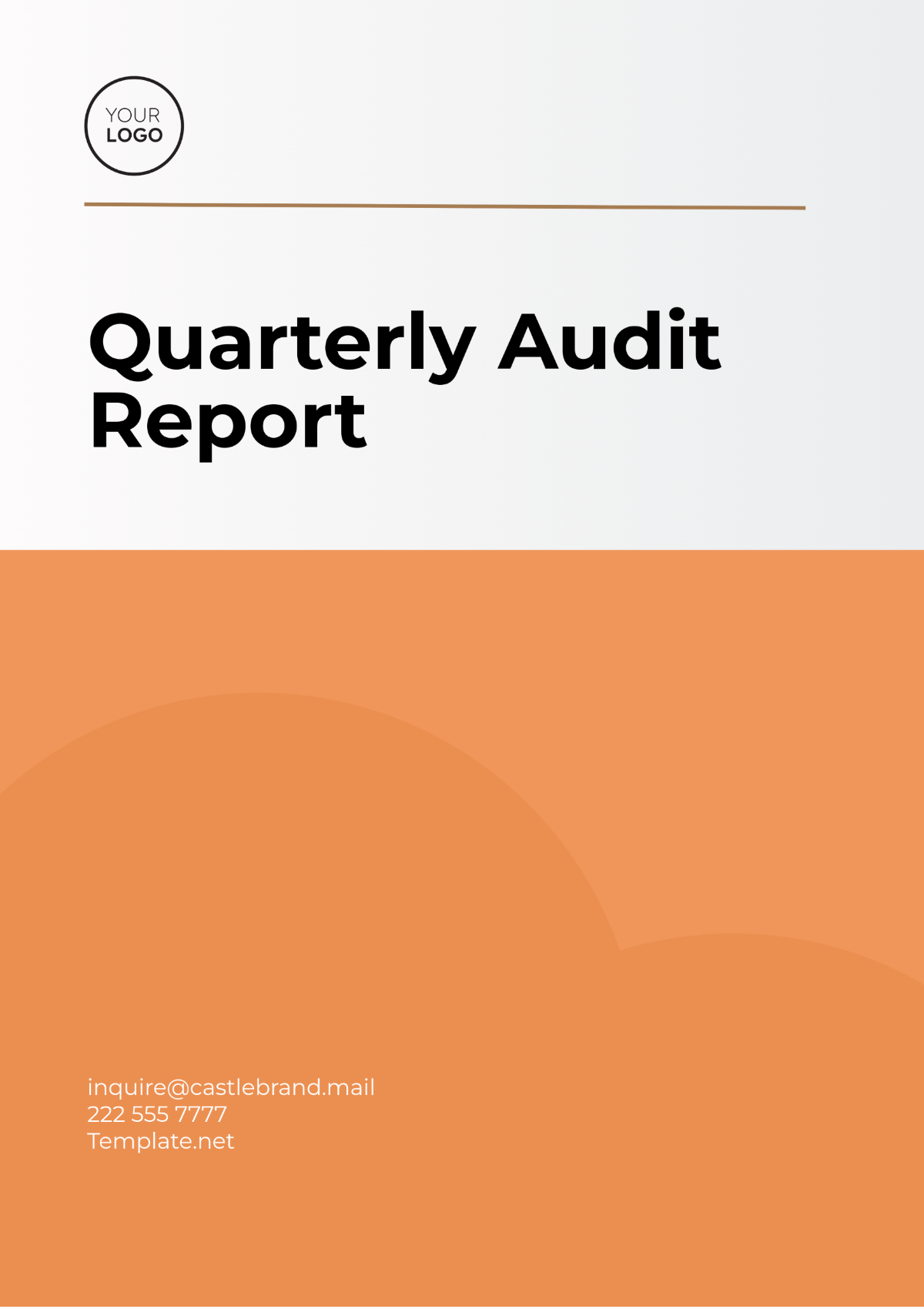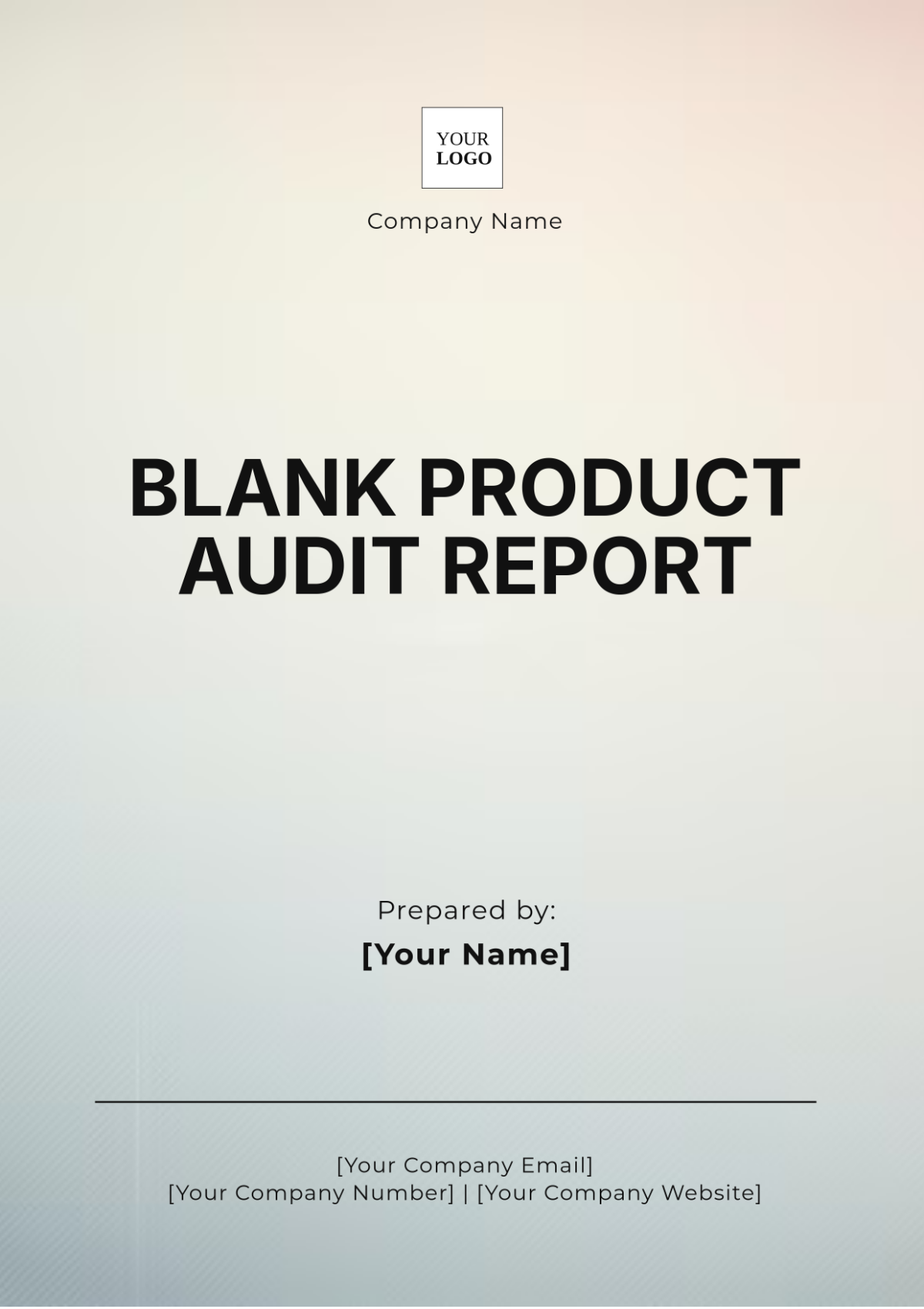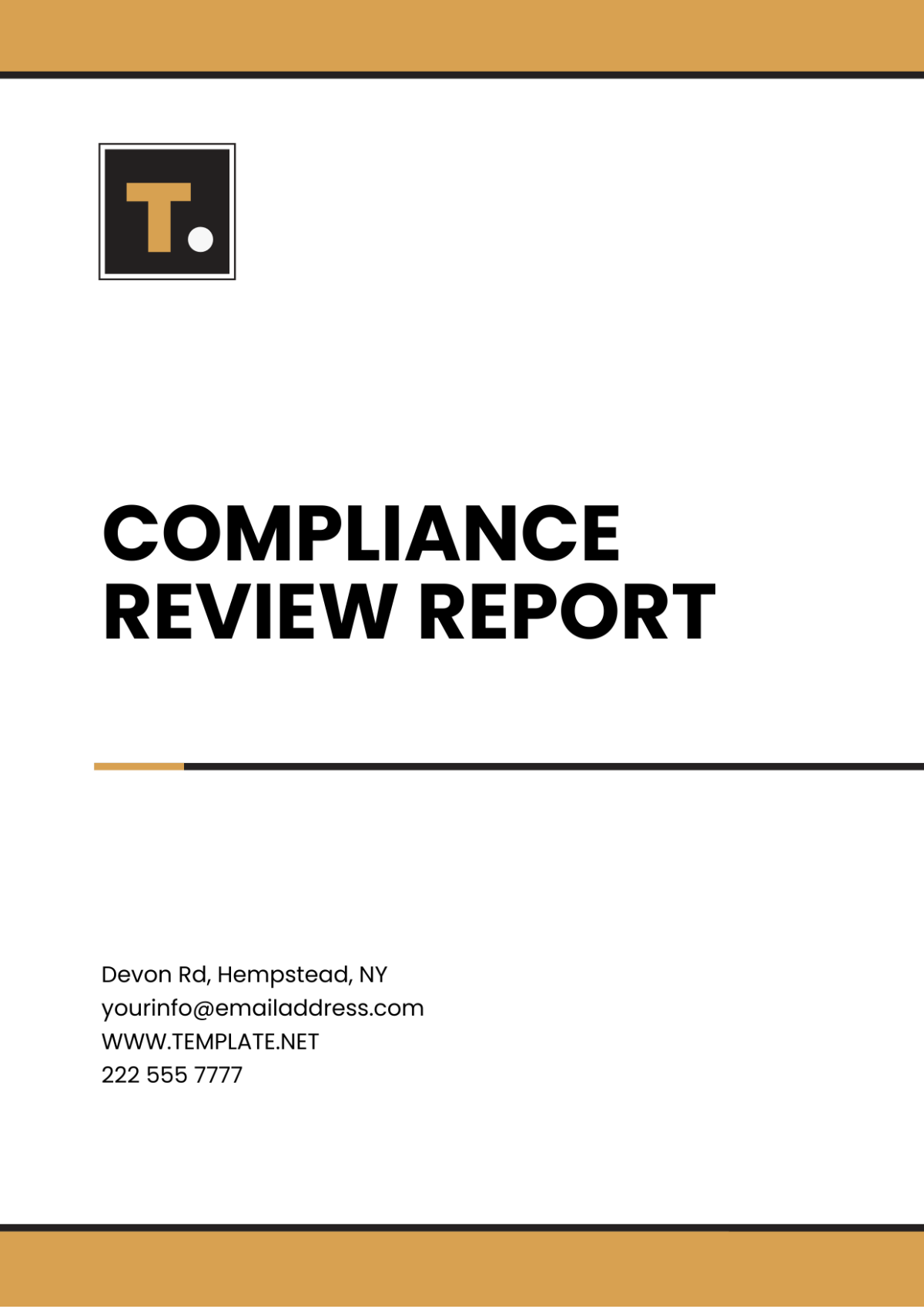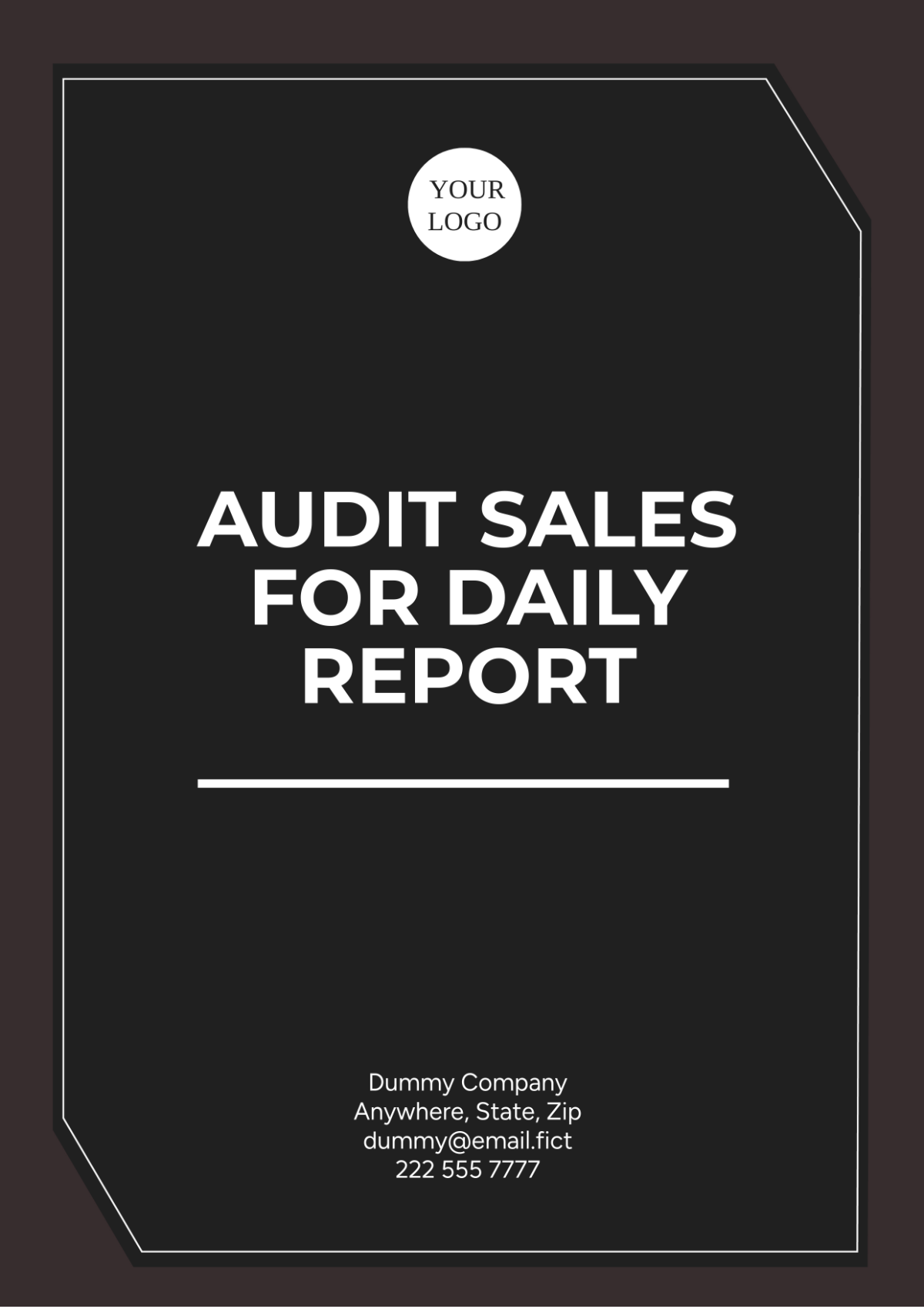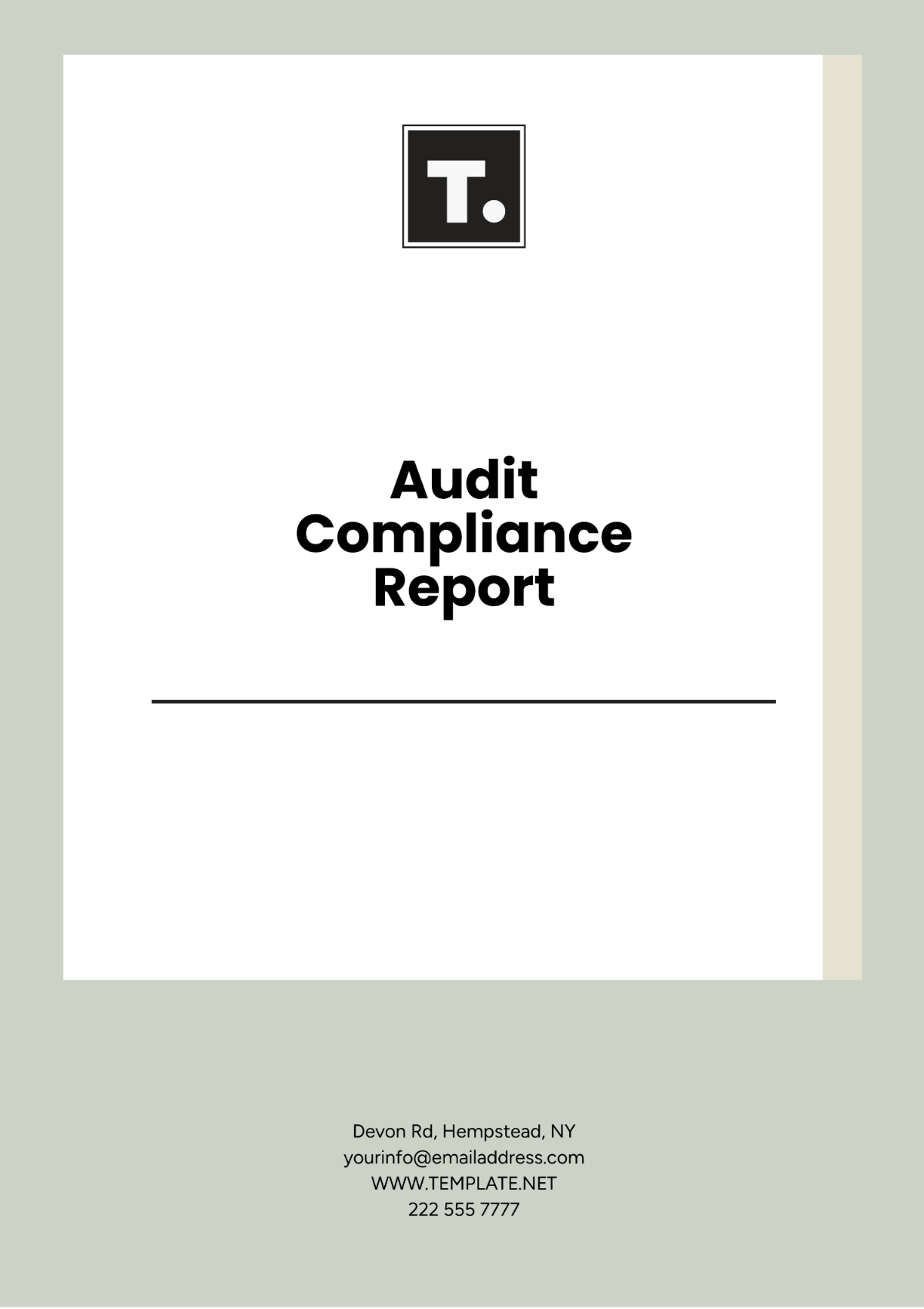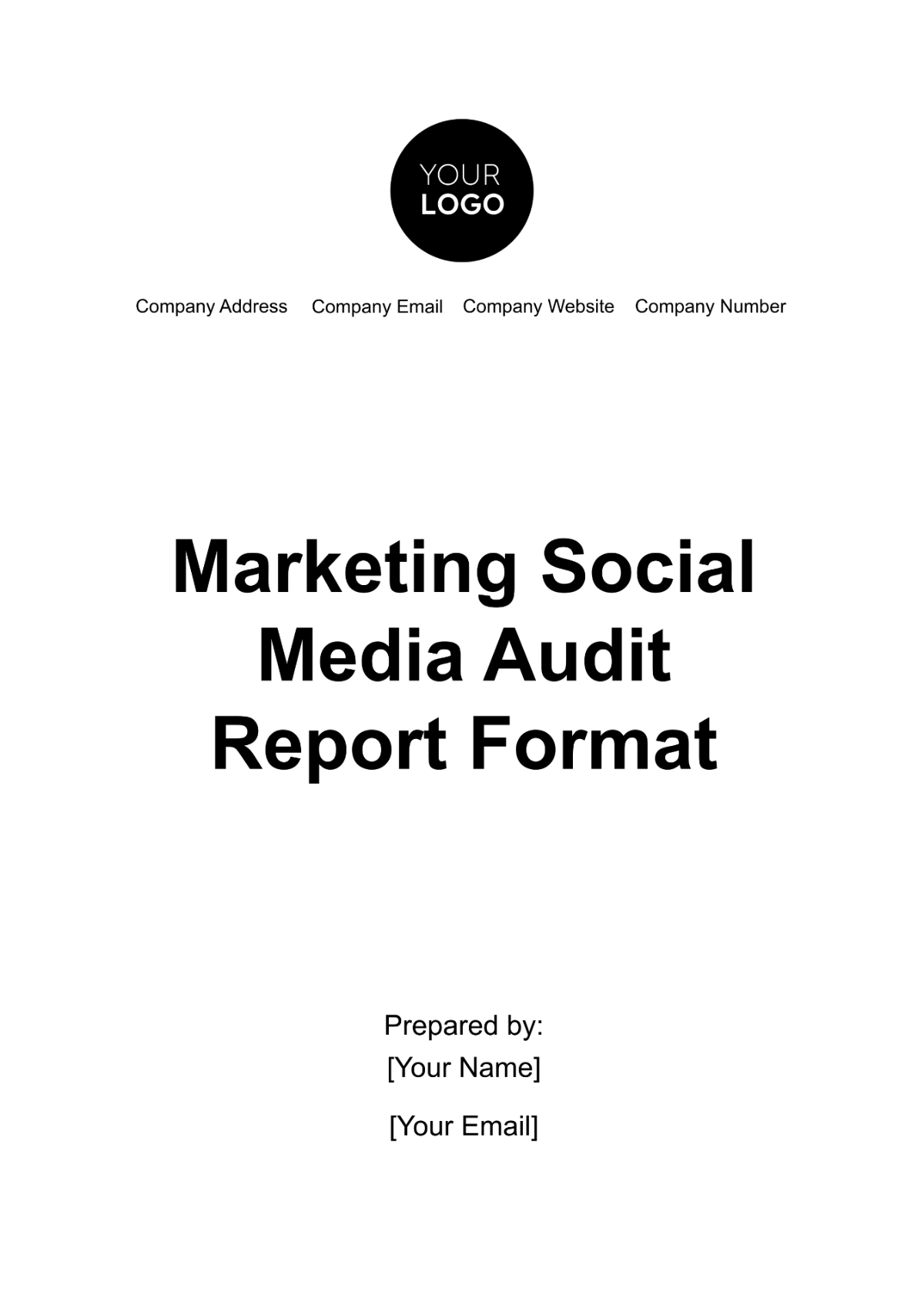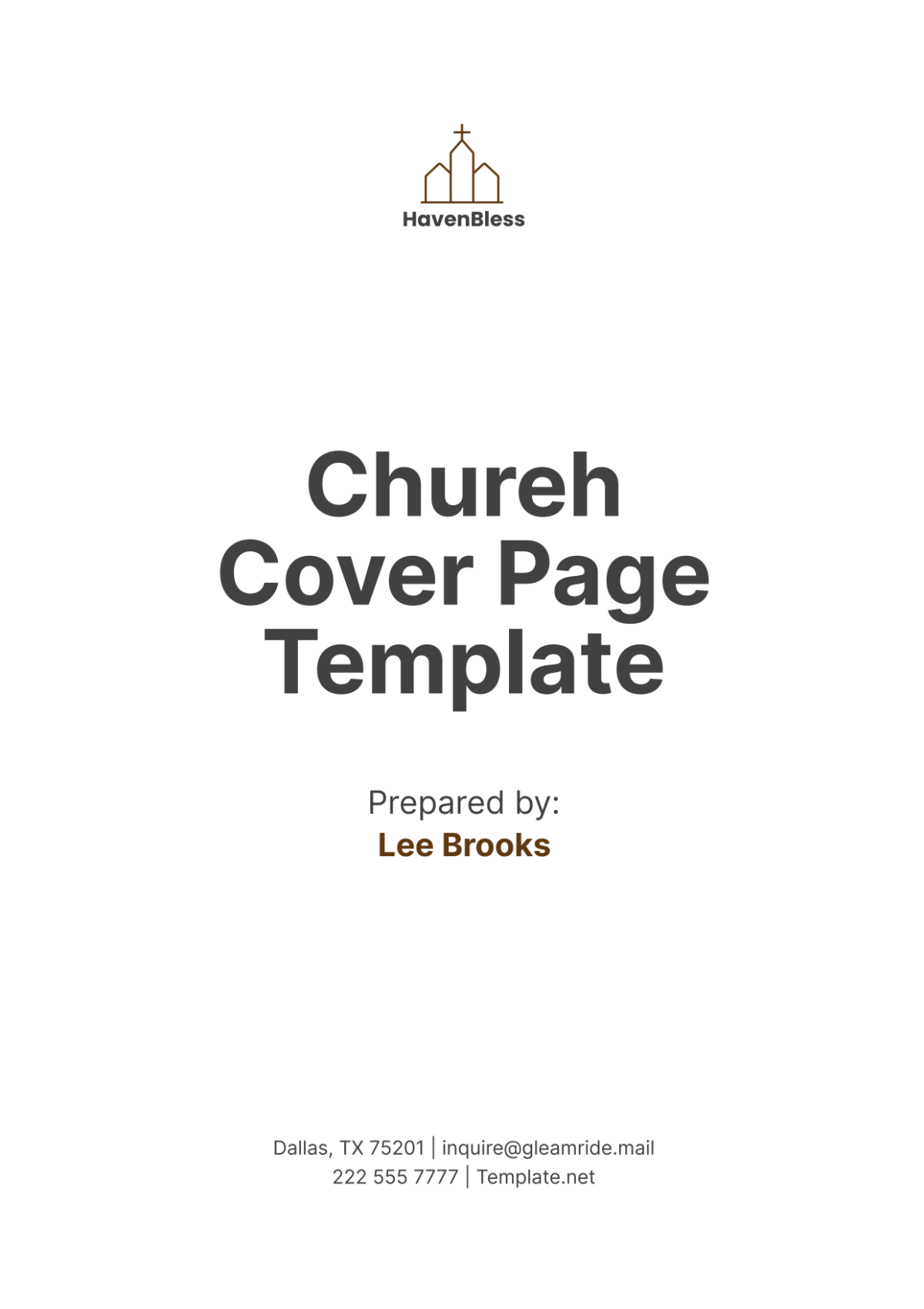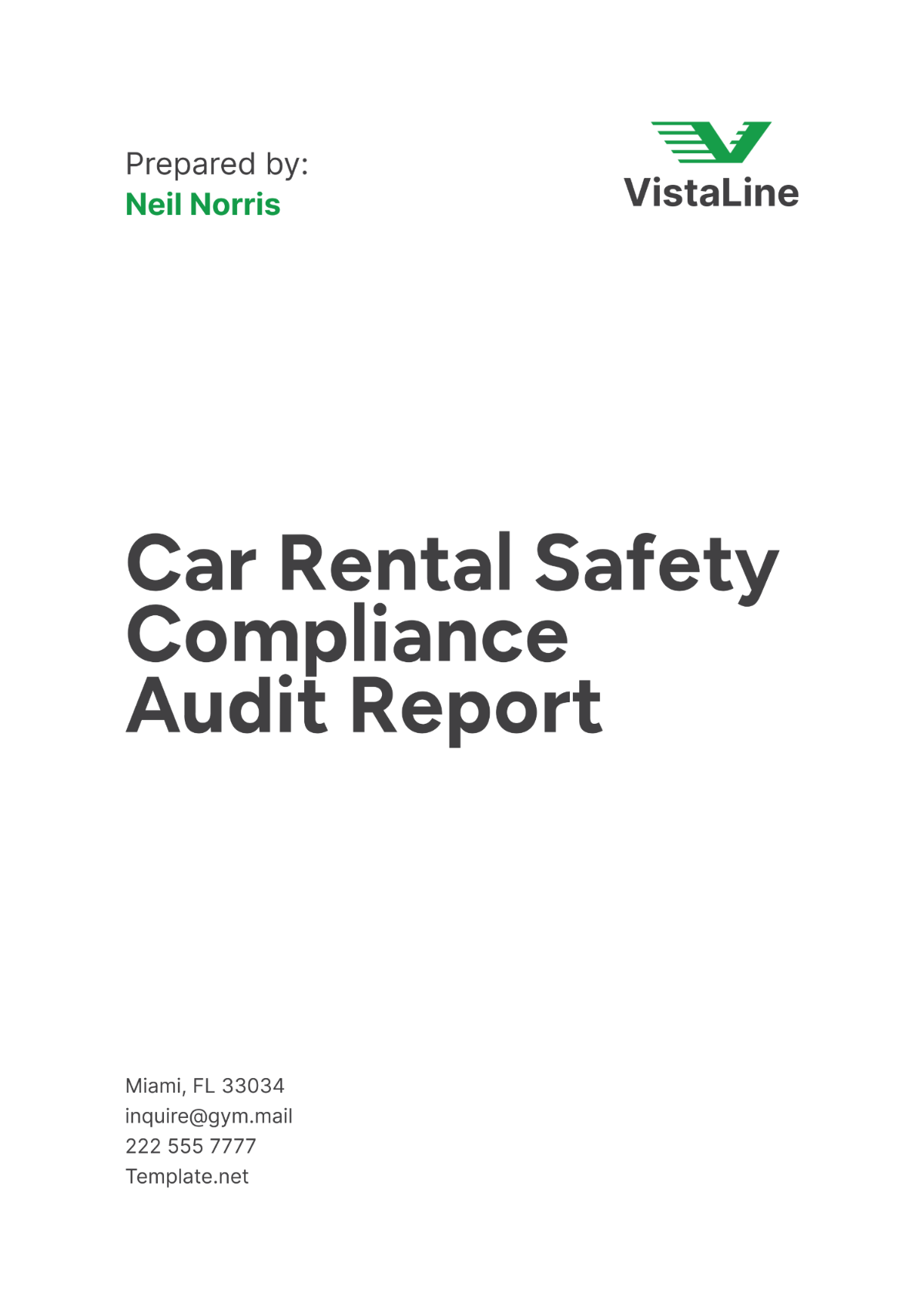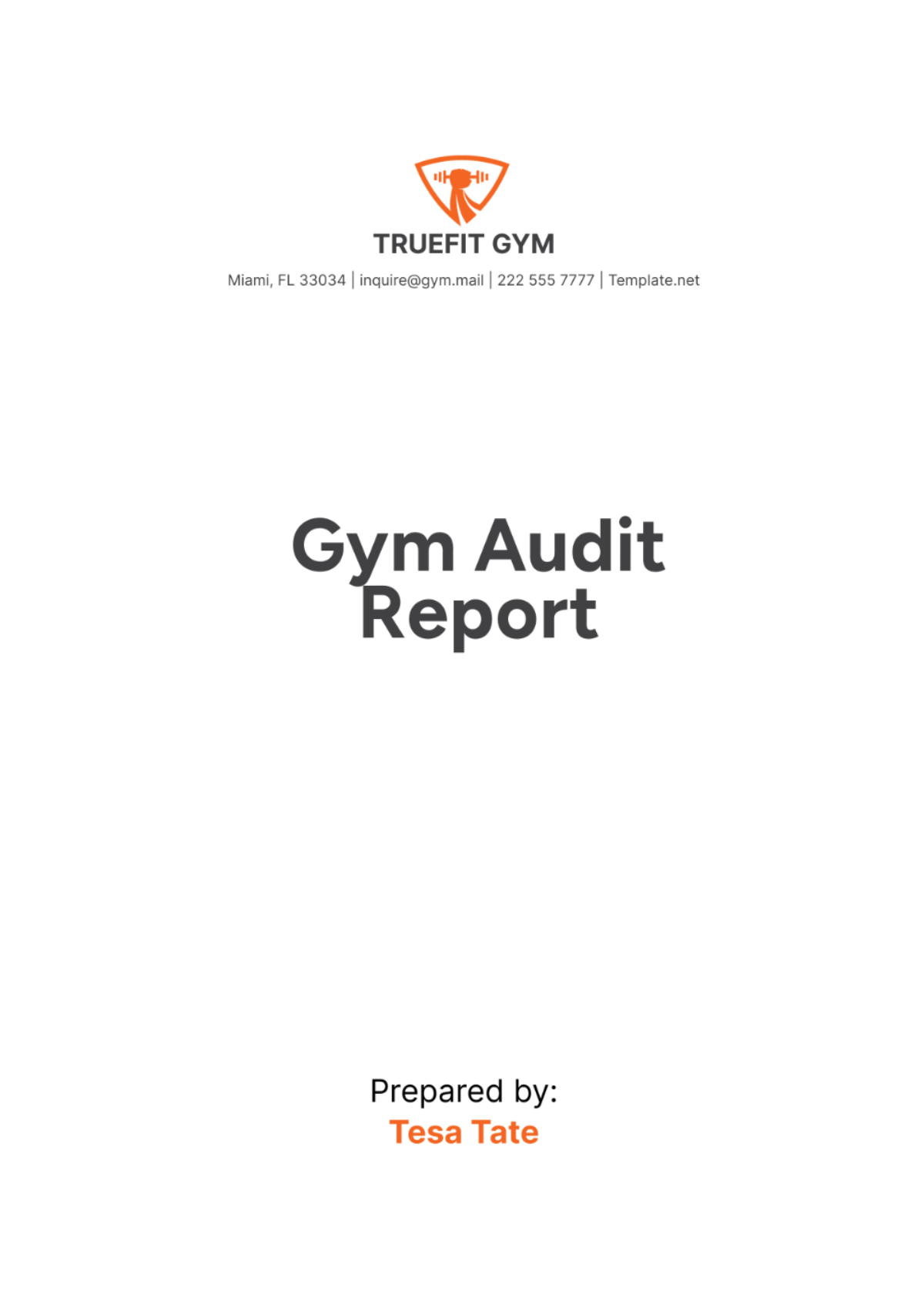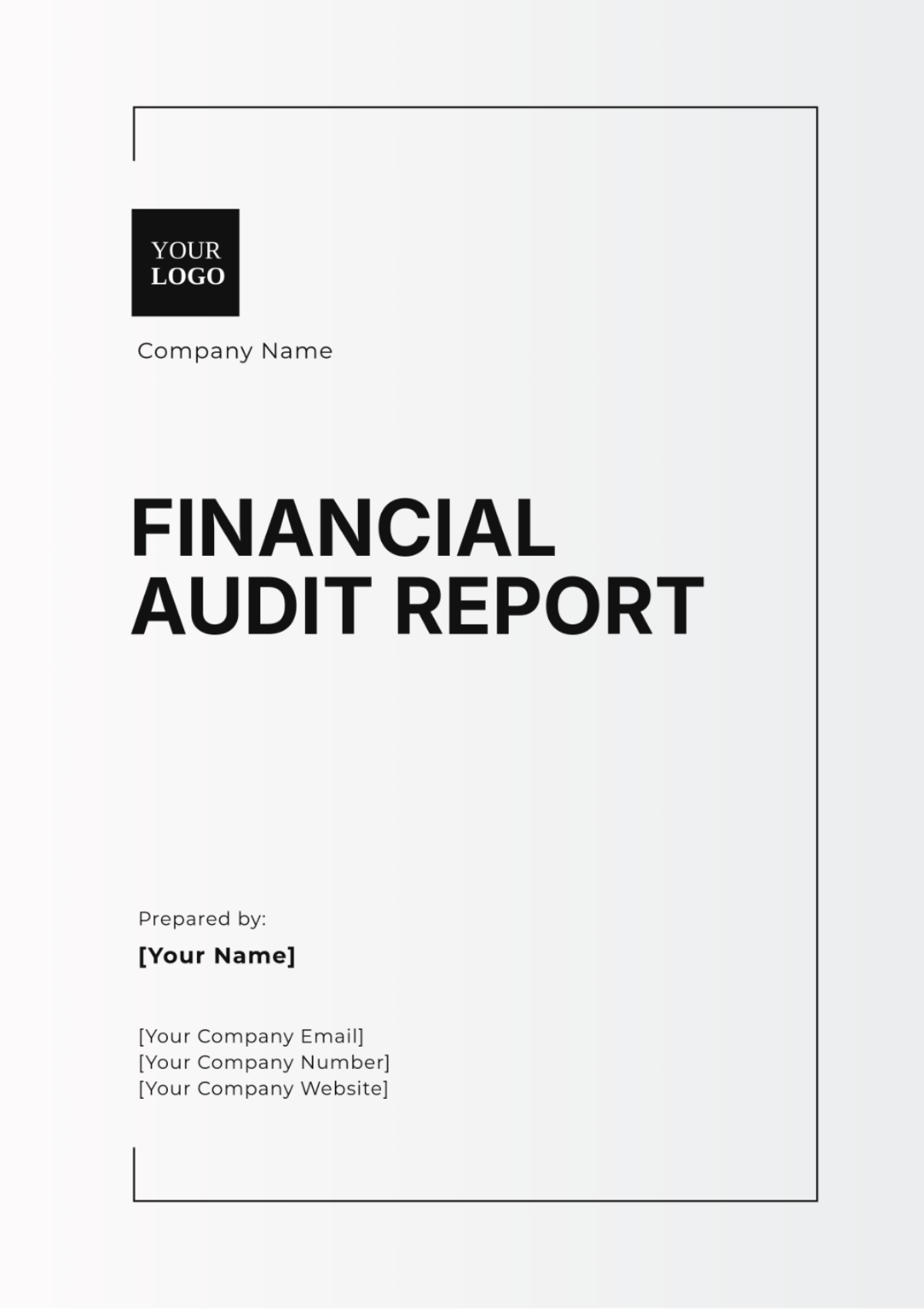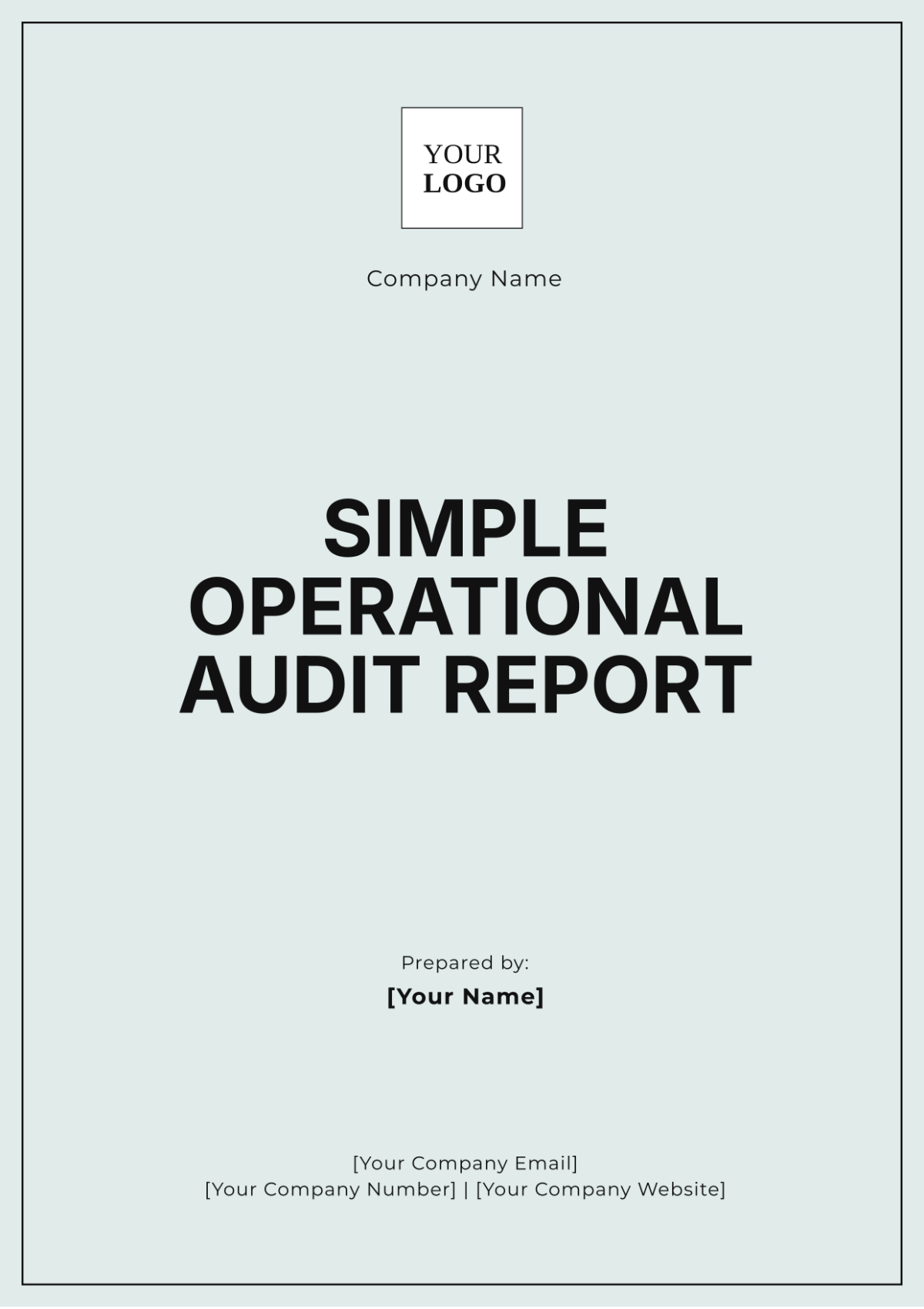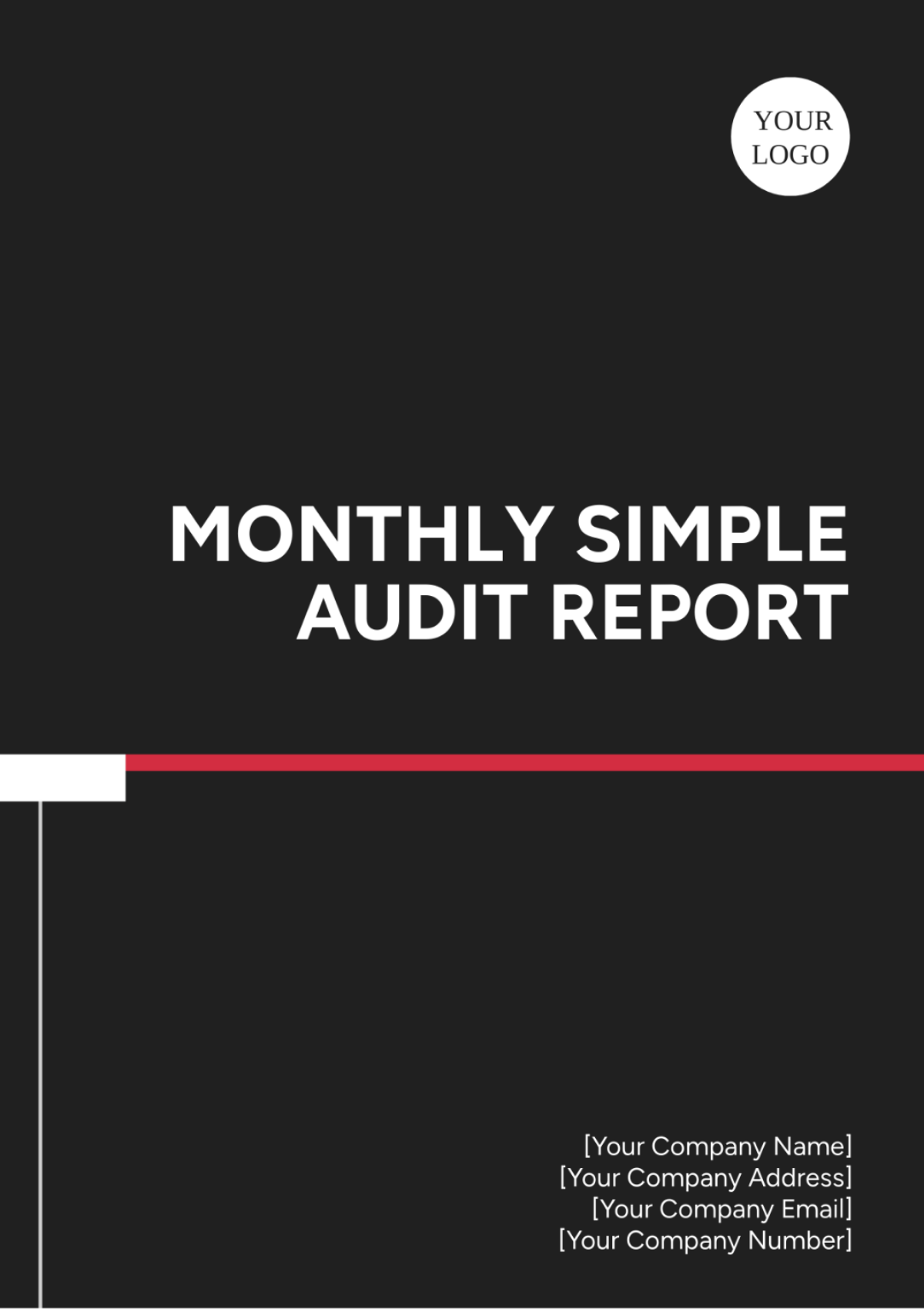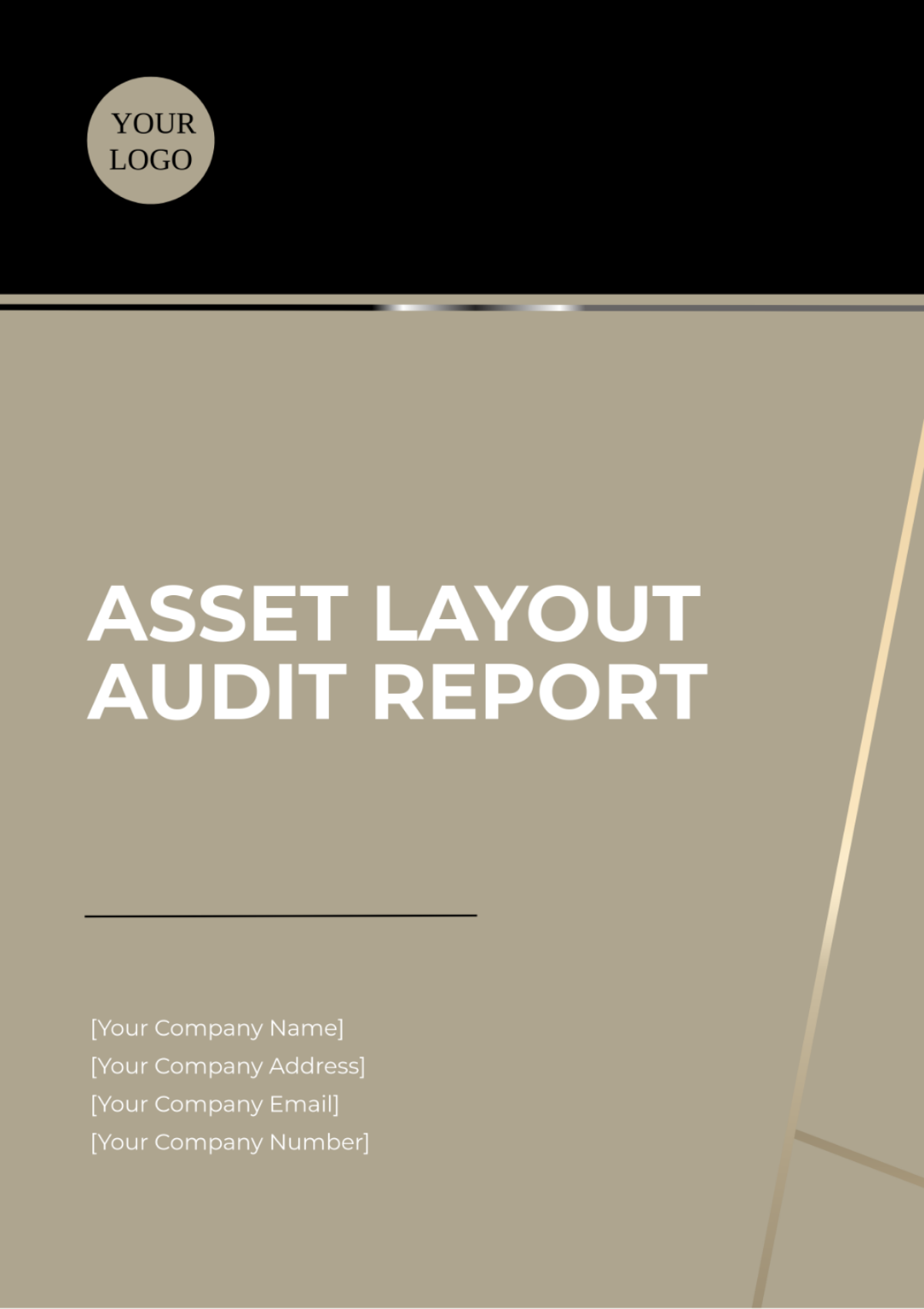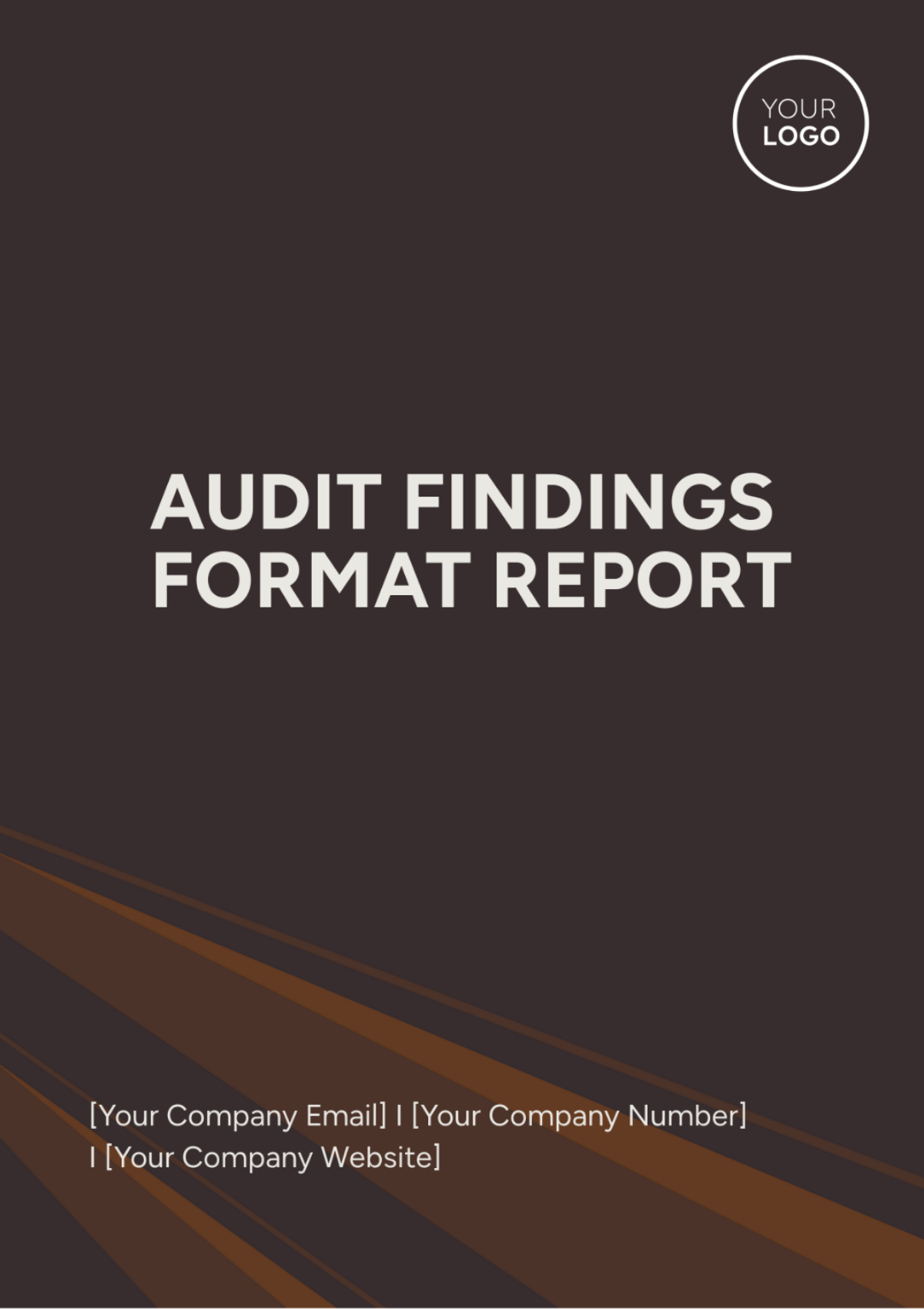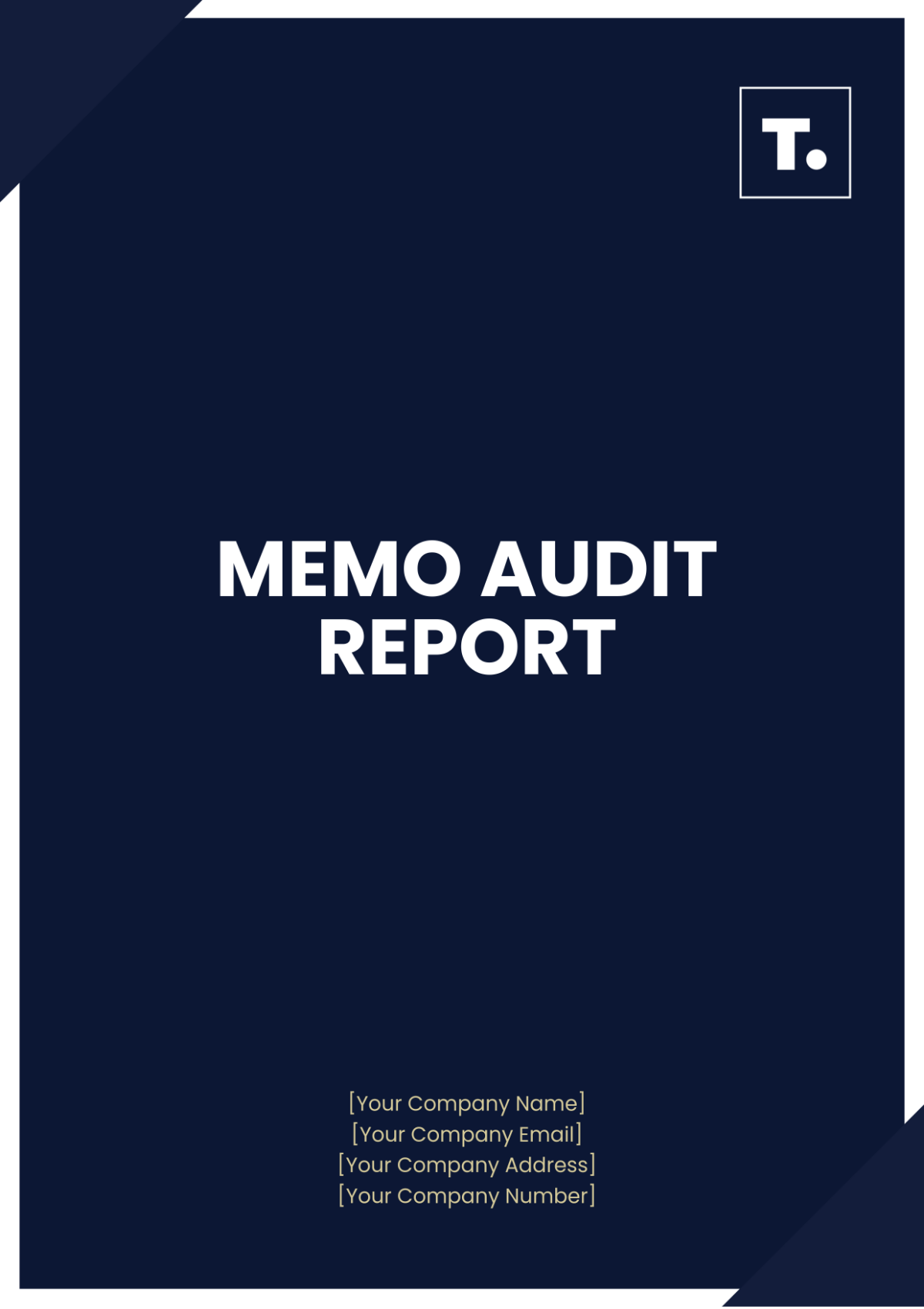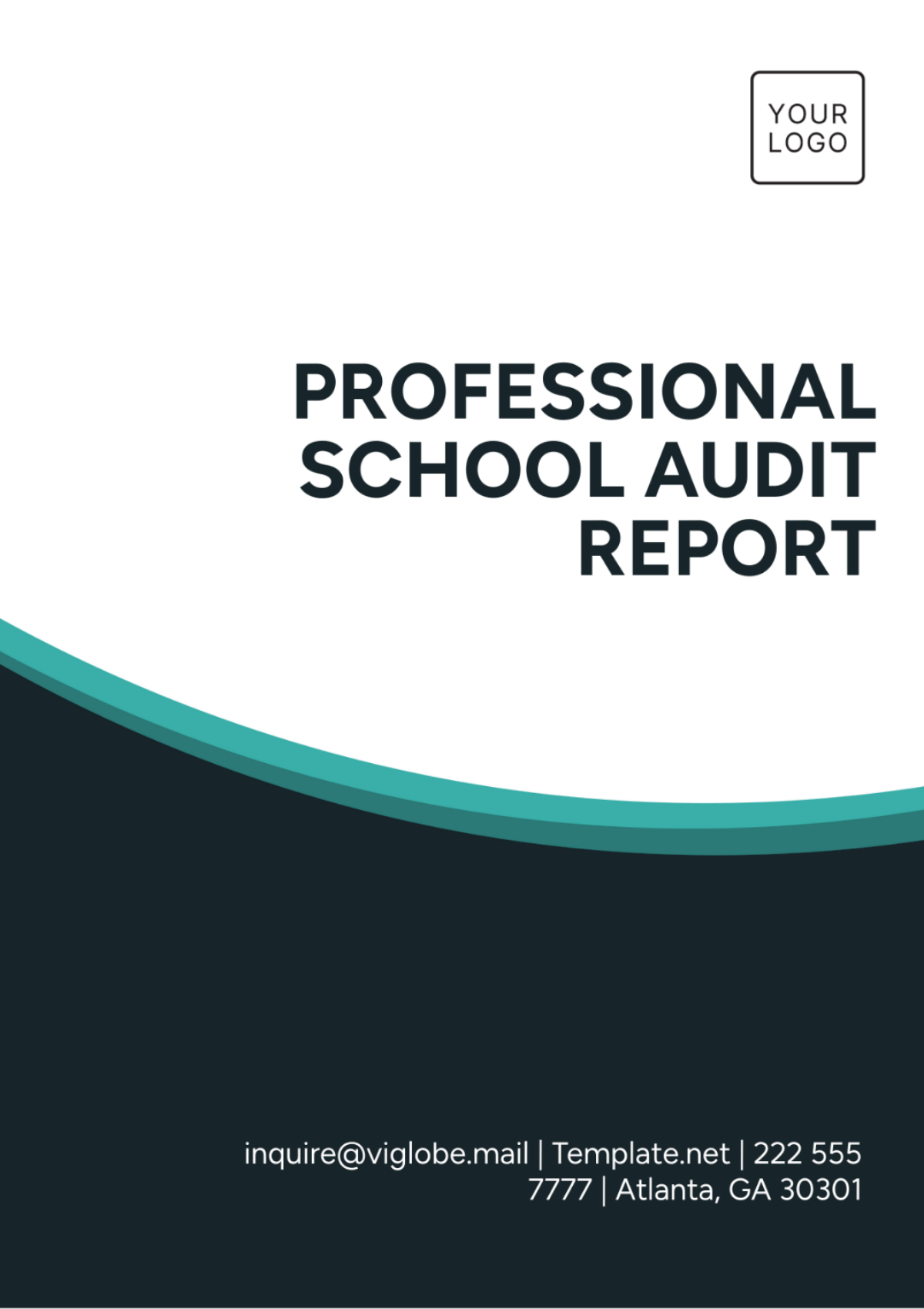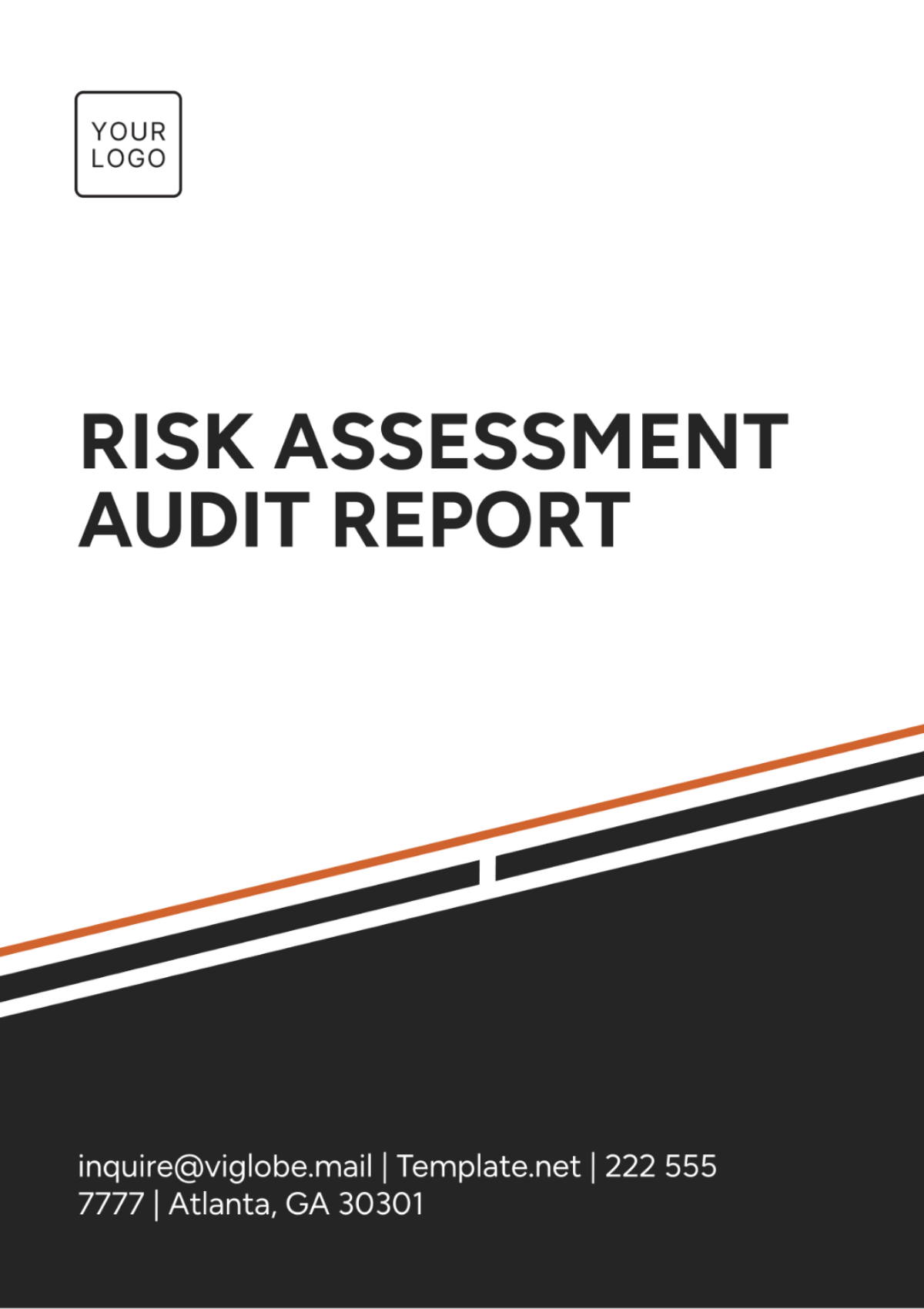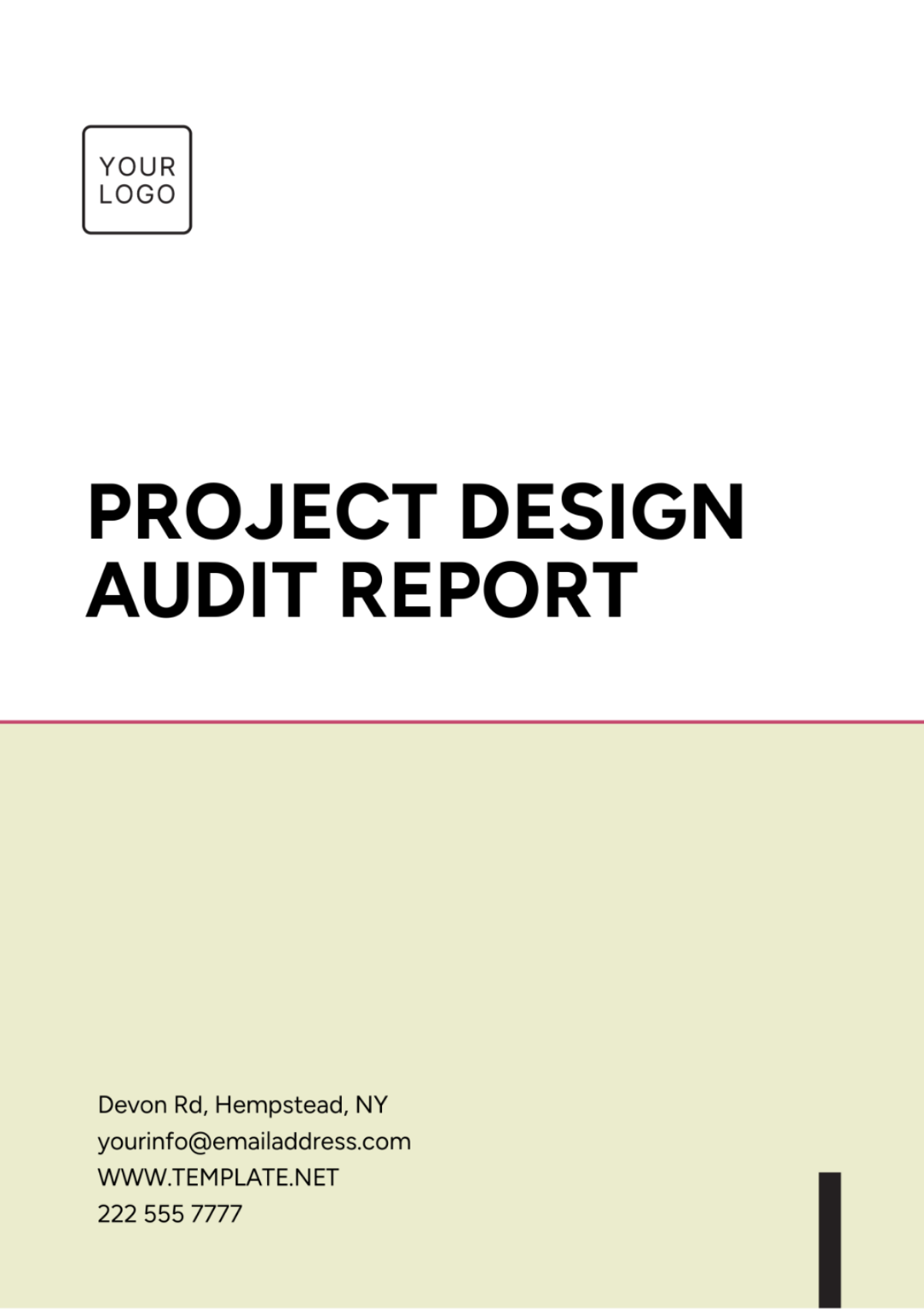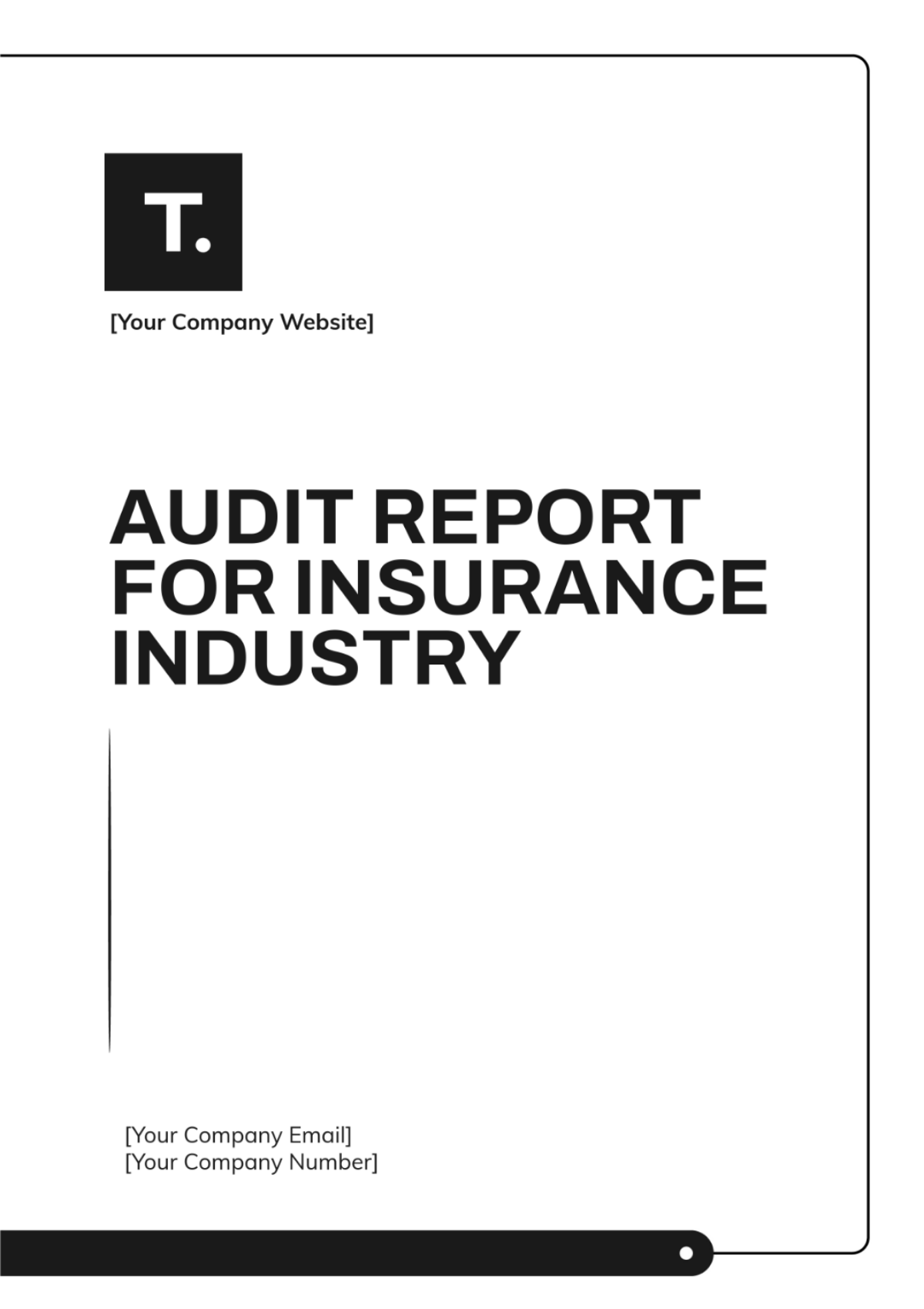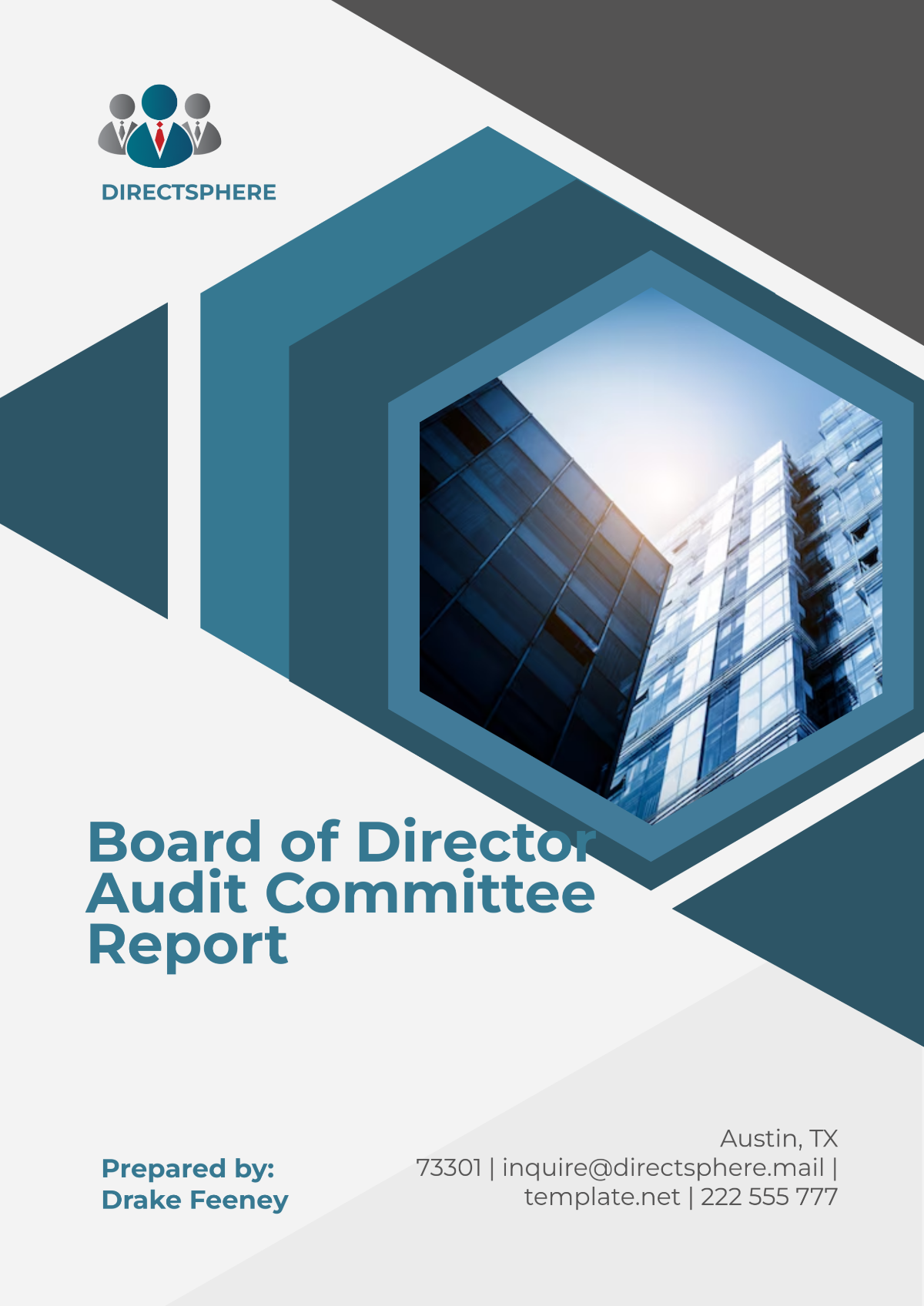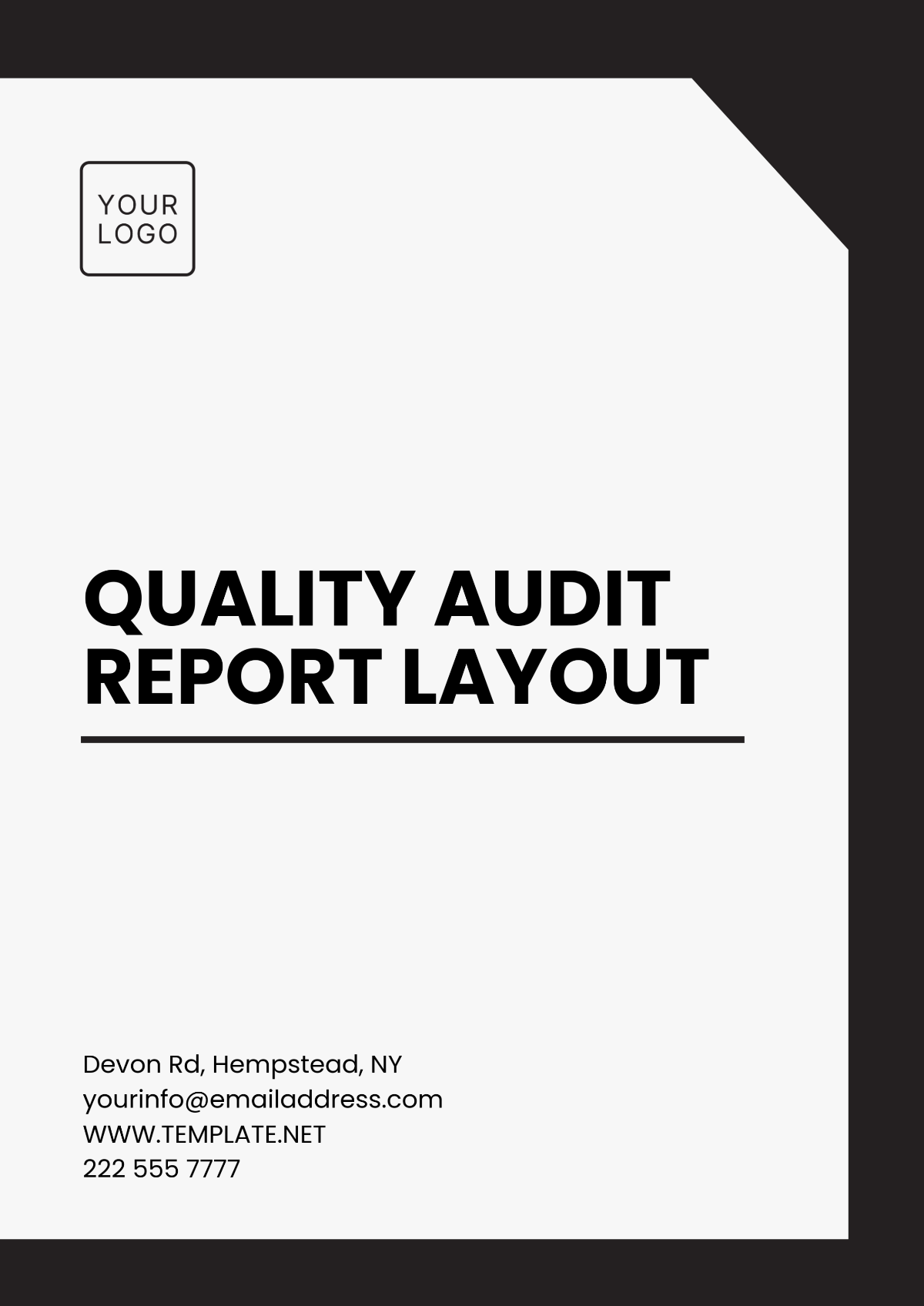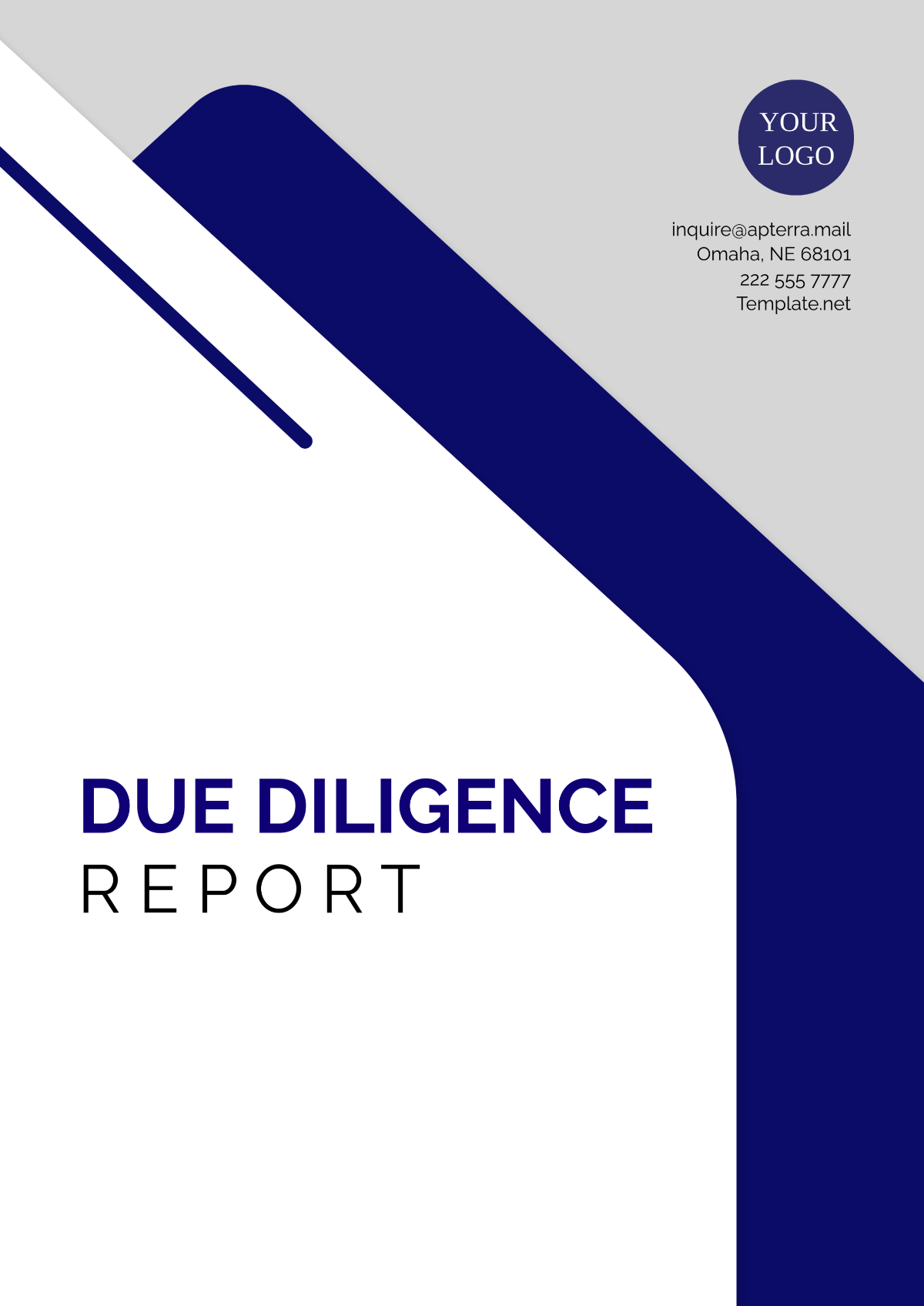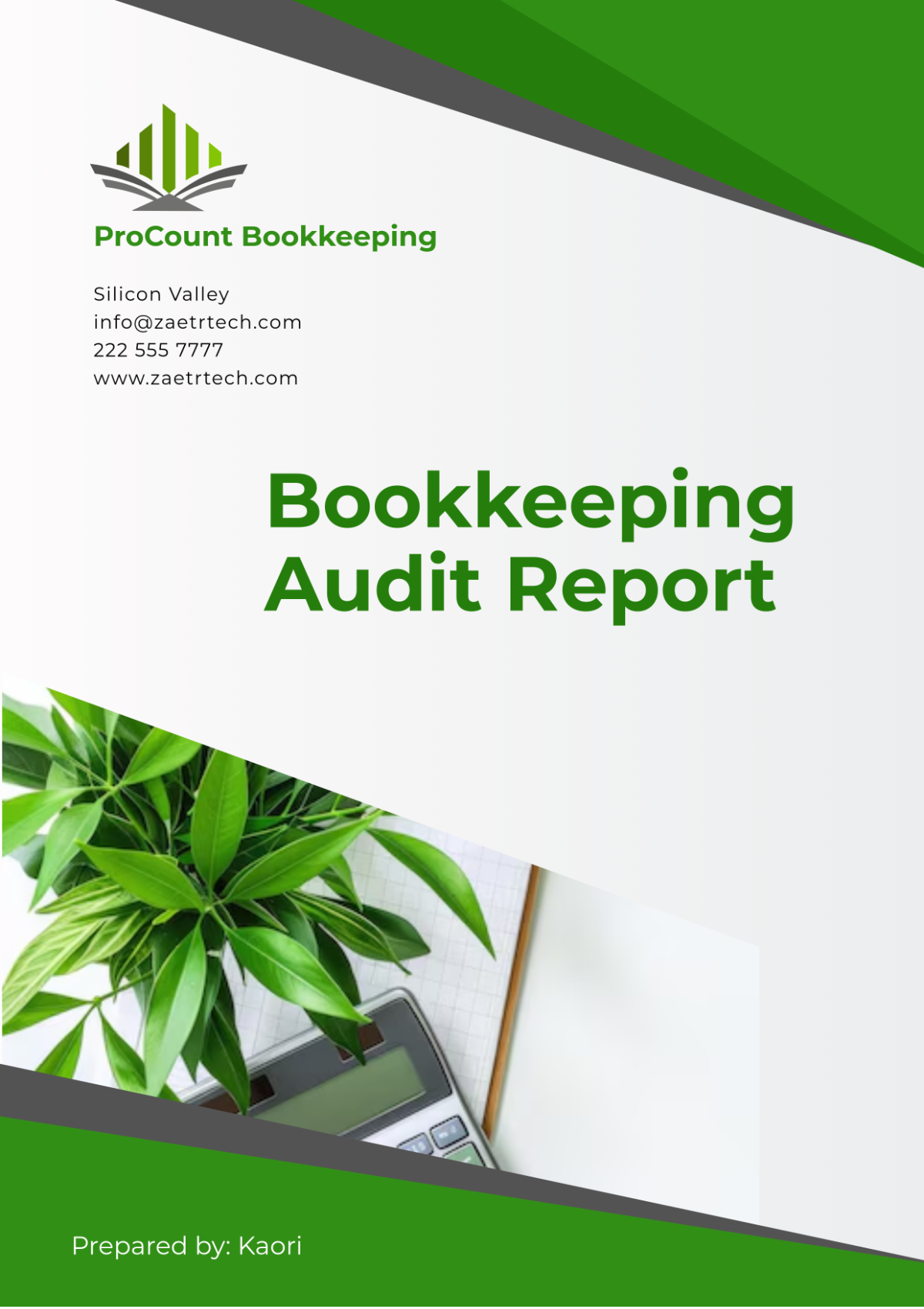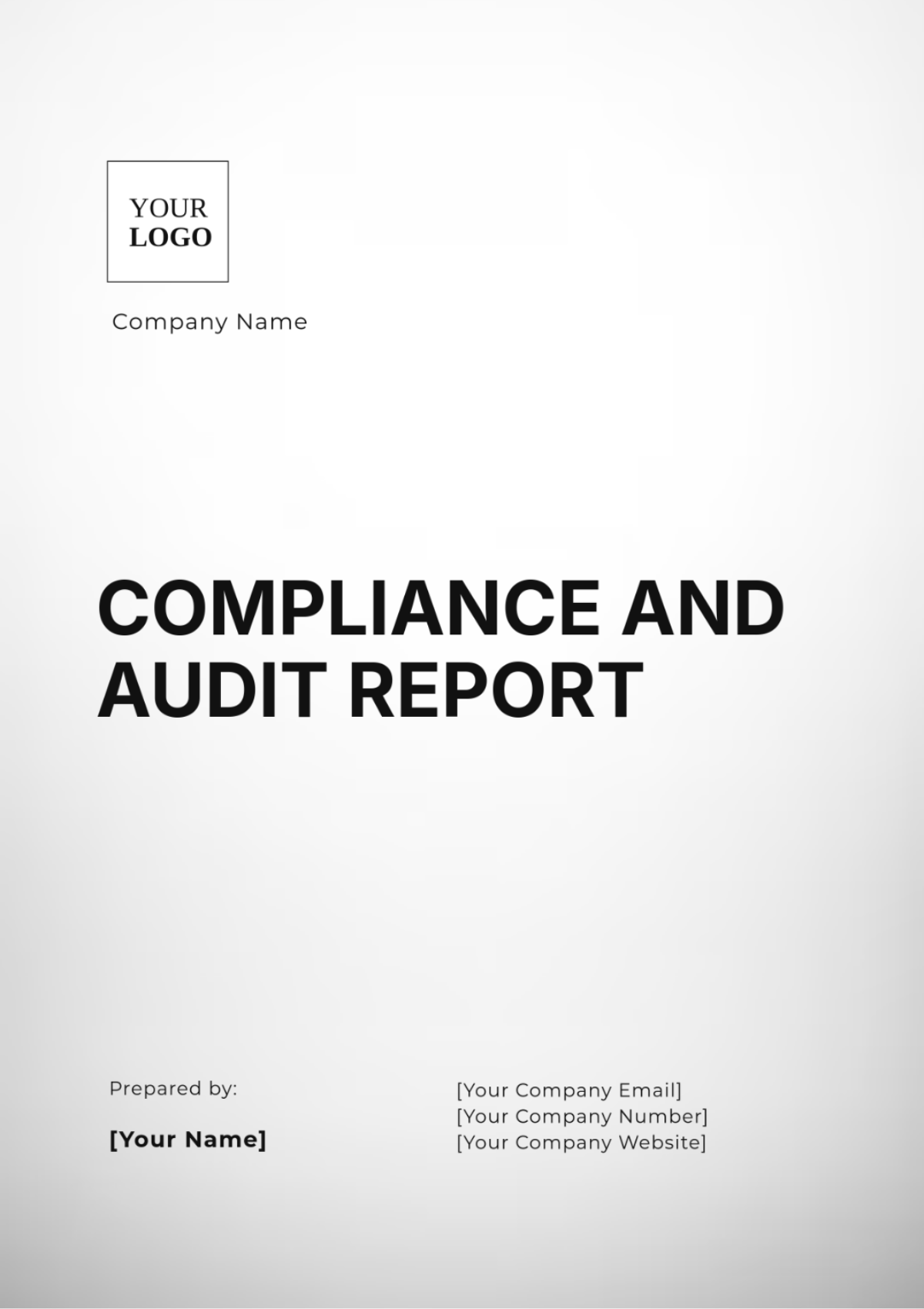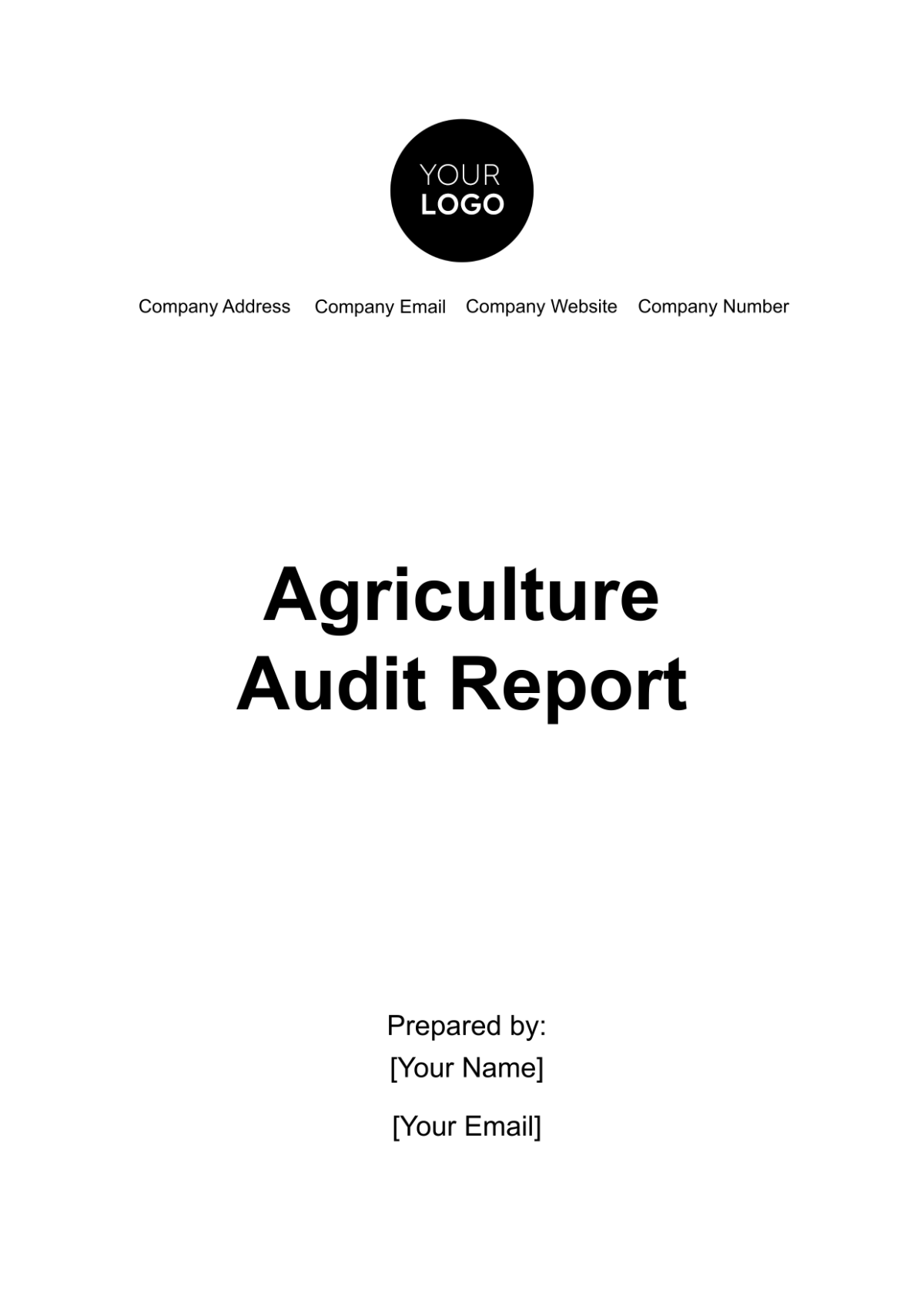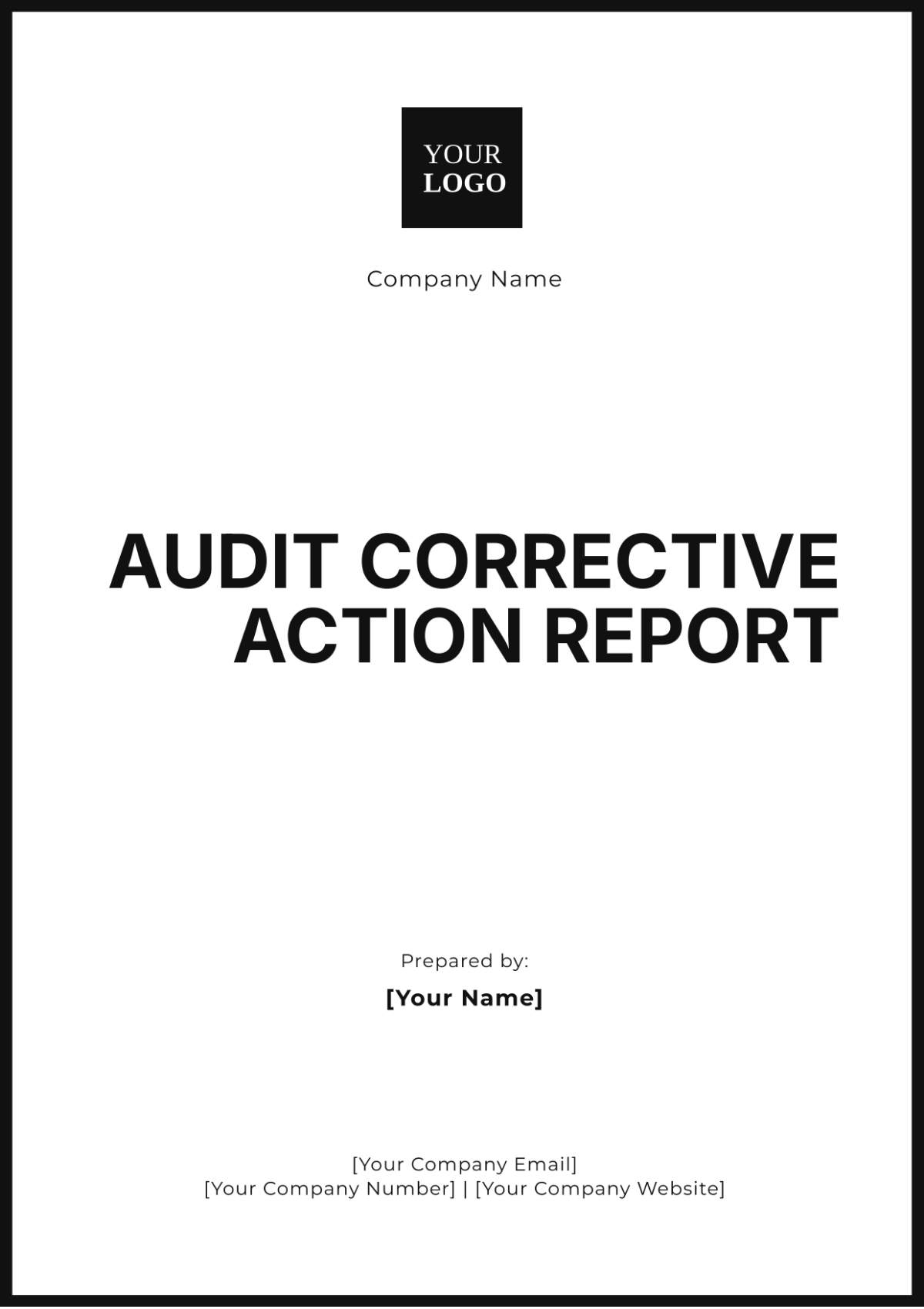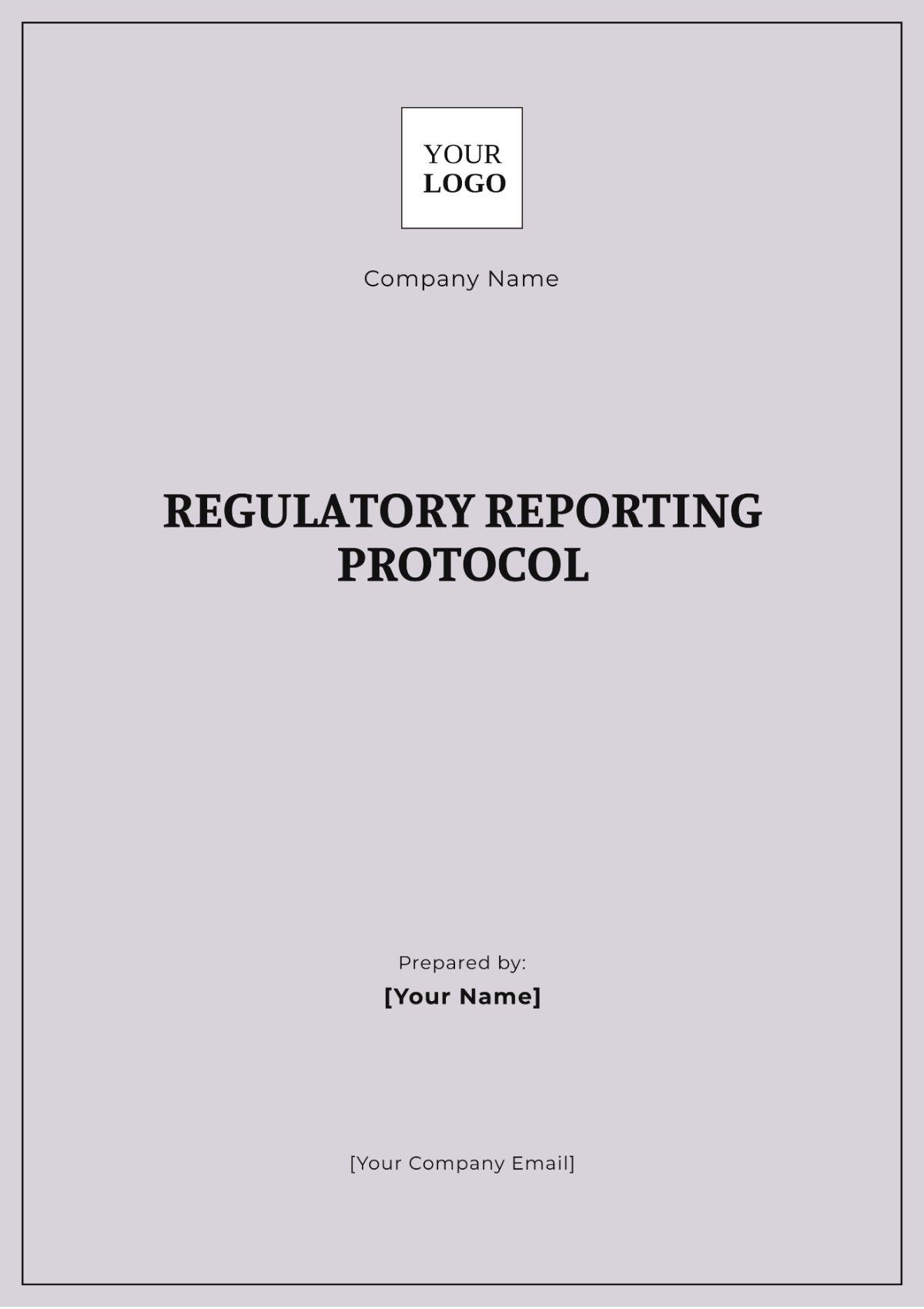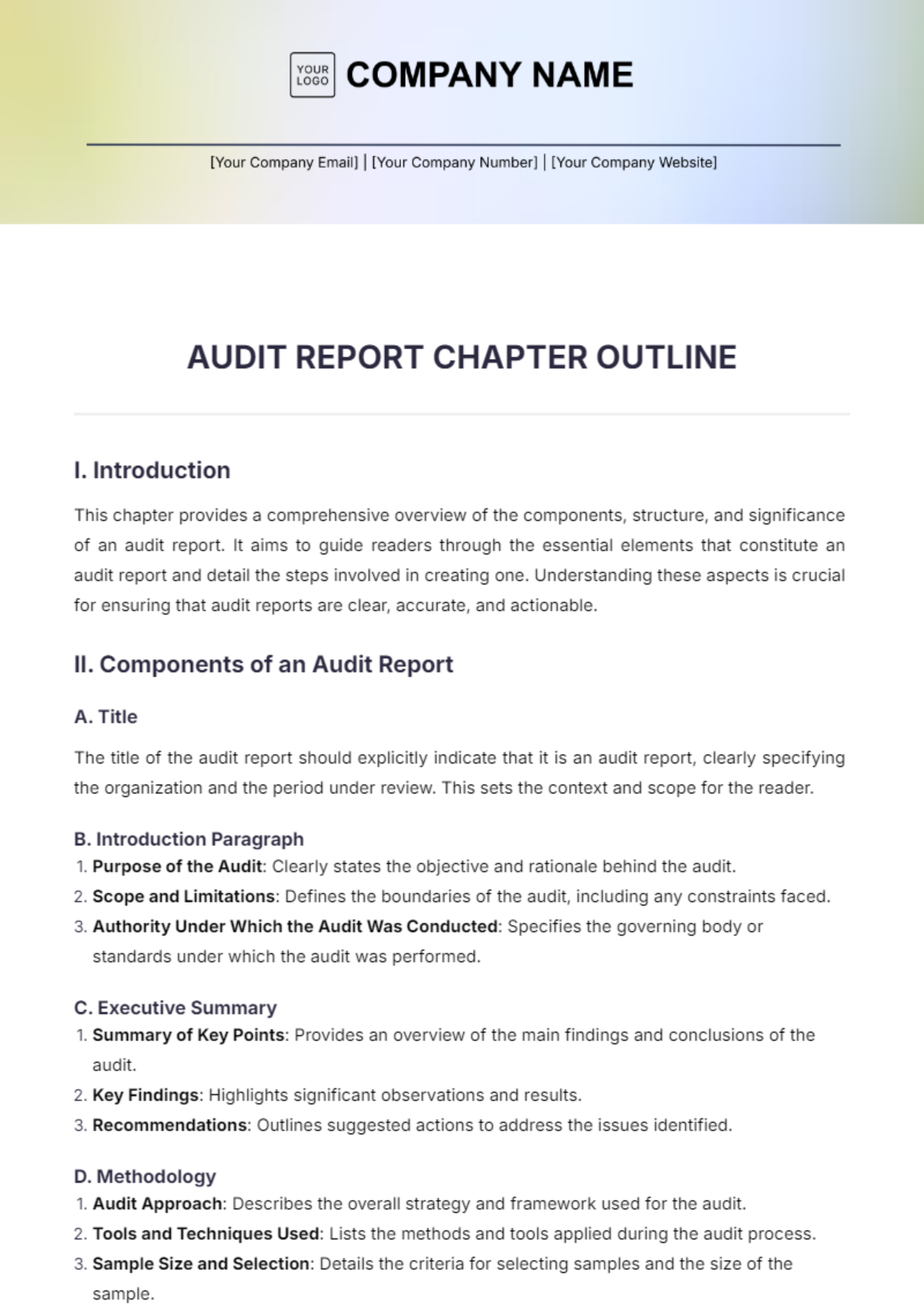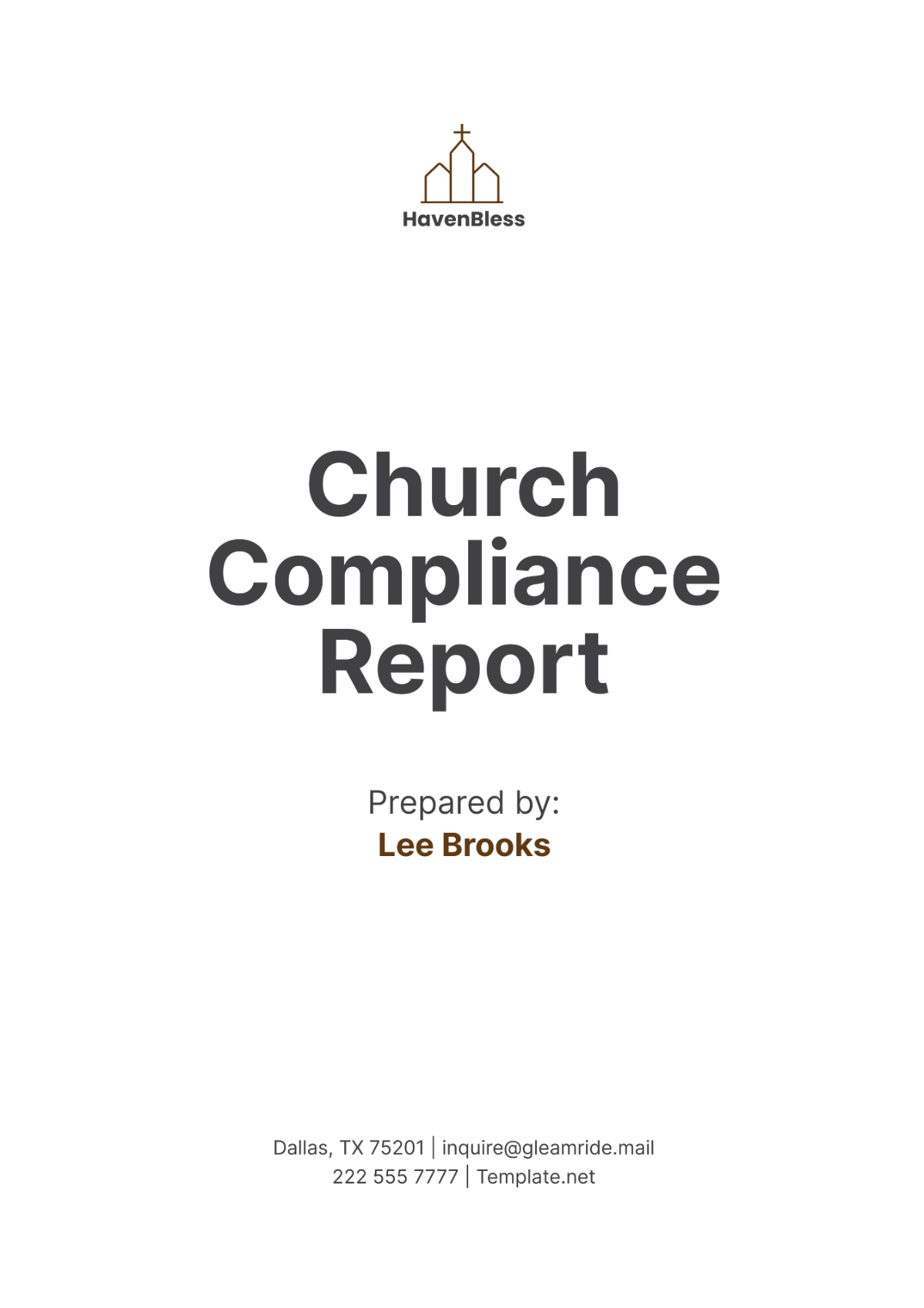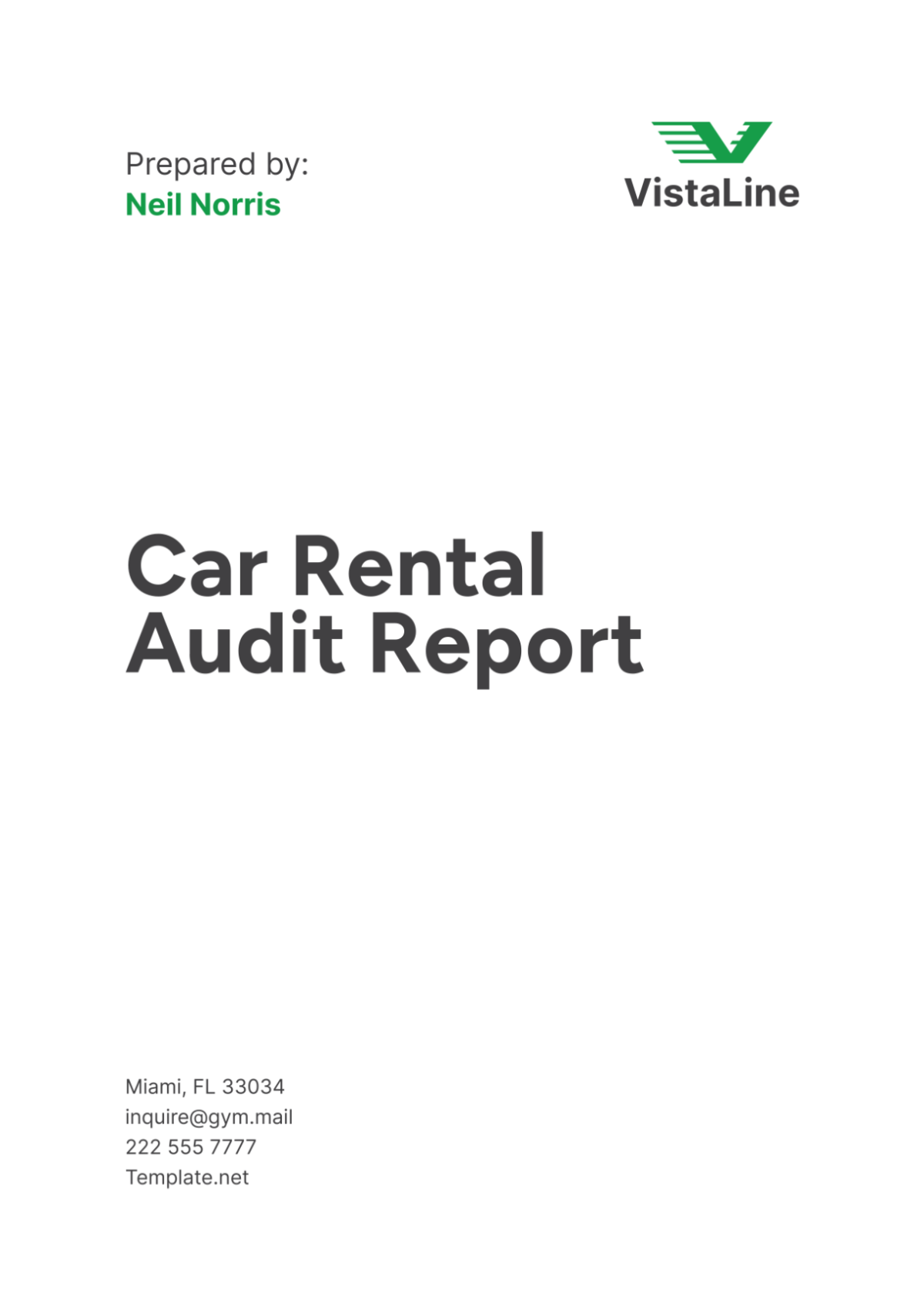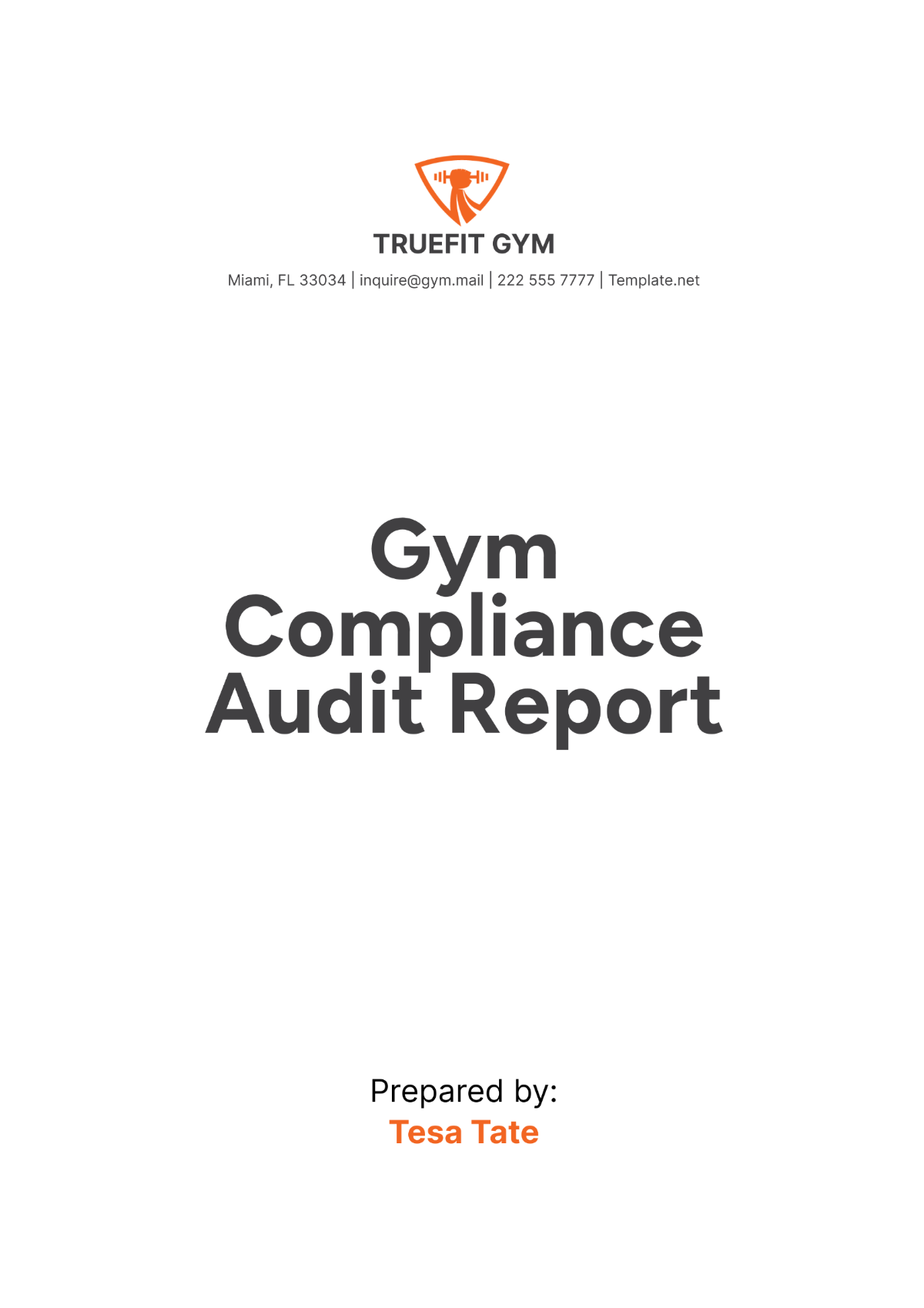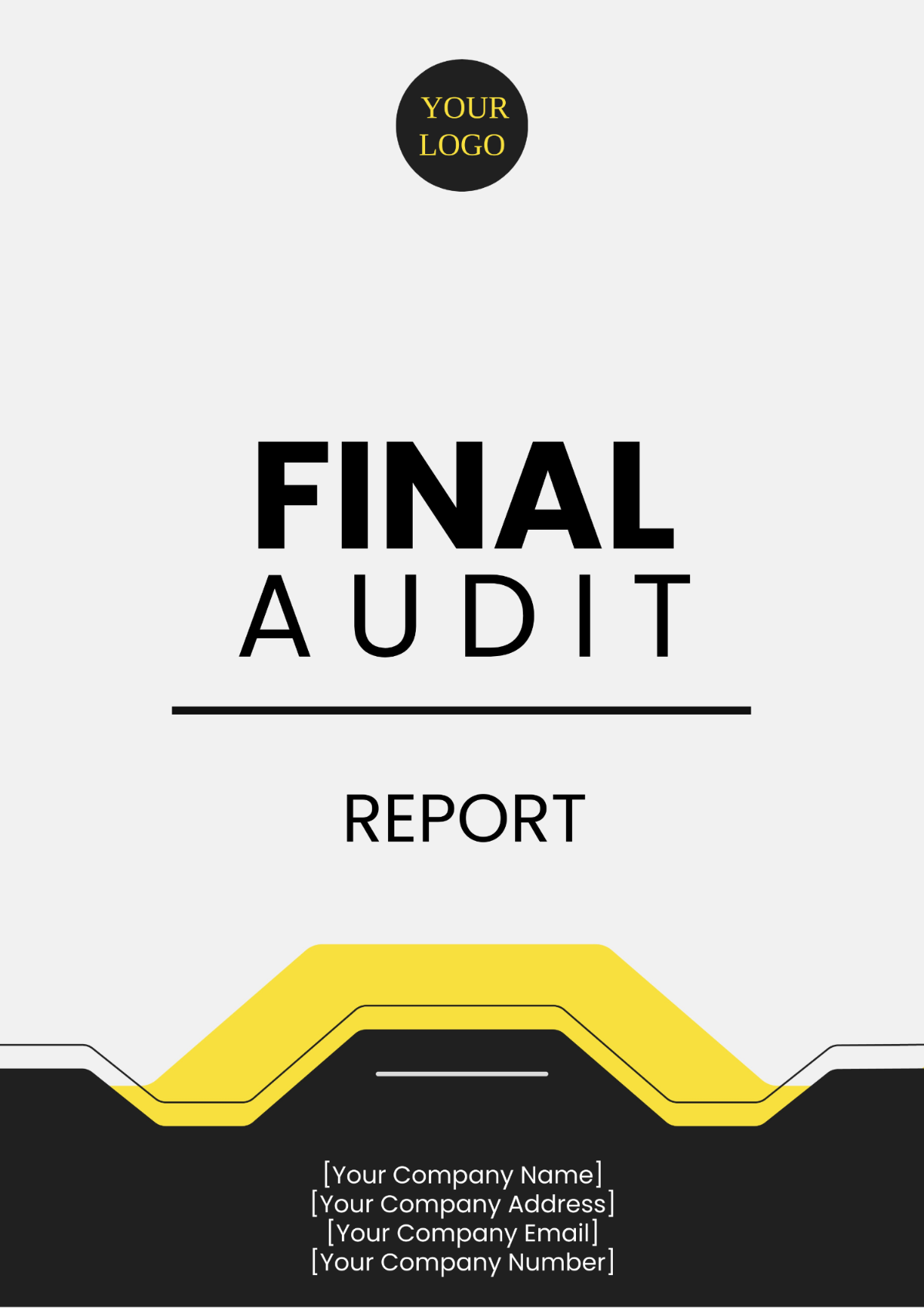SEO Content Audit Report
I. Executive Summary
This SEO Content Audit Report aims to evaluate the content quality of [YOUR COMPANY NAME]'s website. The objective is to identify content that requires optimization, enhancement, or removal to improve the site's search engine rankings, user engagement, and overall content performance. This audit will focus on key performance indicators, including traffic, engagement metrics, and SEO best practices.
II. Methodology
The methodology for this SEO content audit involves the following steps:
Content Inventory: Compilation of all existing content on the website.
Performance Analysis: Evaluation of content based on traffic, engagement, and SEO metrics.
SEO Audit: Identification of on-page SEO issues, including keyword usage, meta descriptions, headings, and internal linking.
Quality Assessment: Review of content quality, relevance, and user engagement.
Recommendations: Suggestions for content improvement, optimization, or removal.
III. Content Inventory
The content inventory includes all articles, blog posts, product pages, and other relevant content pieces on the website.
Content Title | URL | Date Published | Traffic (Last 6 Months) | Engagement (Avg. Time on Page) |
|---|---|---|---|---|
How to Use SmartHome Hub | [LINK] | 01/15/2058 | 15,000 | 3:45 |
Benefits of EcoClean Detergent | [LINK] | 03/22/2059 | 8,500 | 2:30 |
EcoClean Detergent Case Study | [LINK] | 05/10/2057 | 12,000 | 4:10 |
Summer Fashion Trends 2059 | [LINK] | 06/30/2059 | 20,000 | 5:00 |
Ultimate Guide to Winter Skincare | [LINK] | 11/25/2058 | 18,500 | 4:50 |
IV. Performance Metrics
A. Traffic Analysis
The analysis of traffic data over the past six months highlights content pieces driving significant organic traffic.
B. Engagement Metrics
Engagement metrics such as average time on page, bounce rate, and social shares are critical in assessing content effectiveness.
V. SEO Issues and Recommendations
A. Common SEO Issues Identified
Keyword Optimization: Many content pieces lack proper keyword optimization, resulting in lower search engine rankings.
Meta Descriptions: Several pages have missing or poorly crafted meta descriptions.
Headings Structure: Inconsistent use of heading tags (H1, H2, H3) affects content readability and SEO.
Internal Linking: Insufficient internal linking reduces the site's navigability and SEO performance.
B. Recommendations
Keyword Optimization: Conduct keyword research and optimize existing content to include relevant keywords.
Meta Descriptions: Write compelling meta descriptions for all content pages.
Headings Structure: Standardize the use of heading tags to improve content hierarchy and readability.
Internal Linking: Increase internal linking to enhance site structure and user experience.
VI. Action Plan and Priorities
A. Immediate Actions
Update meta descriptions for all high-traffic pages.
Conduct keyword optimization for top-performing content.
B. Short-Term Goals
Standardize heading structures across all content.
Improve internal linking on key pages.
C. Long-Term Strategy
Continuously monitor and update content based on performance metrics and SEO best practices.
Implement a regular content review process to maintain quality and relevance.
VII. Conclusion
The SEO Content Audit for [YOUR COMPANY NAME] identifies several areas for improvement in content quality and SEO performance. By implementing the recommendations and following the action plan, [YOUR COMPANY NAME] can enhance its search engine rankings, increase organic traffic, and improve user engagement.

